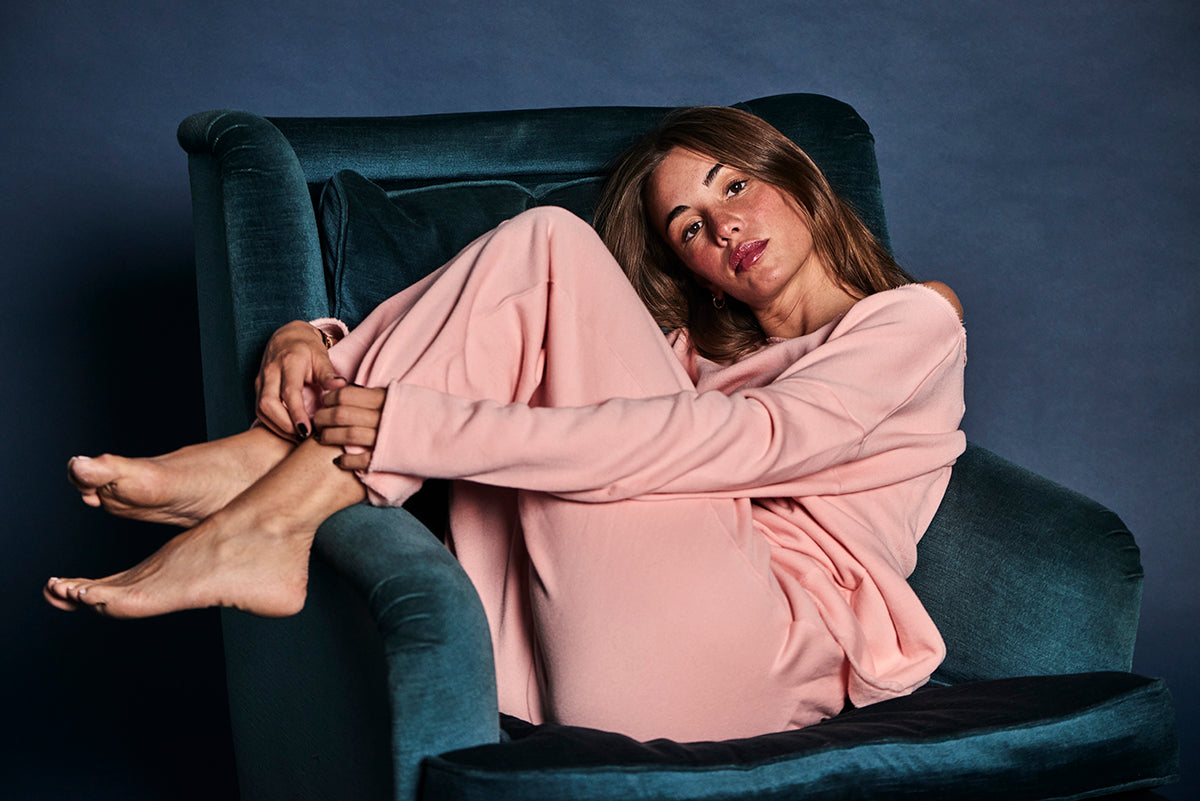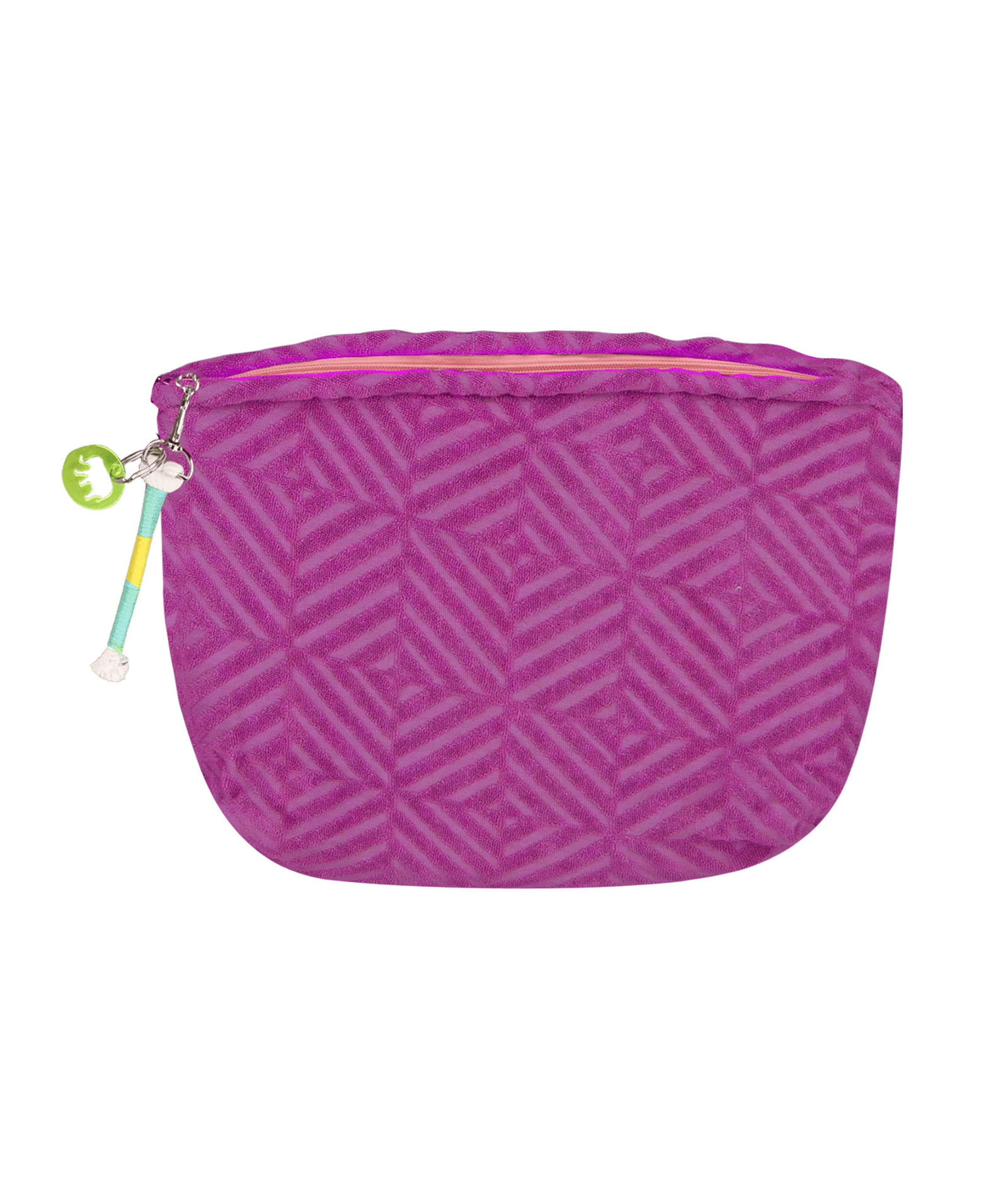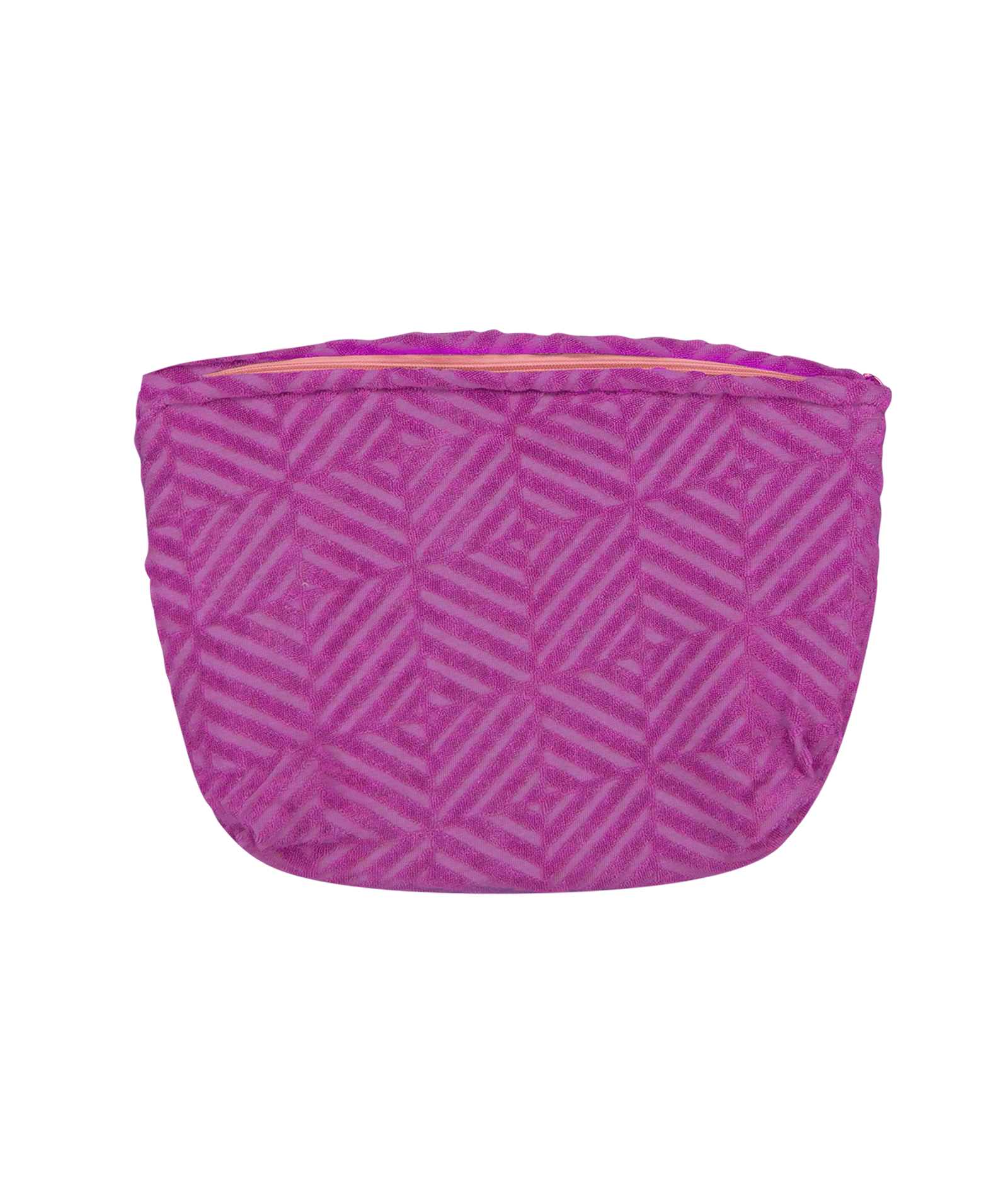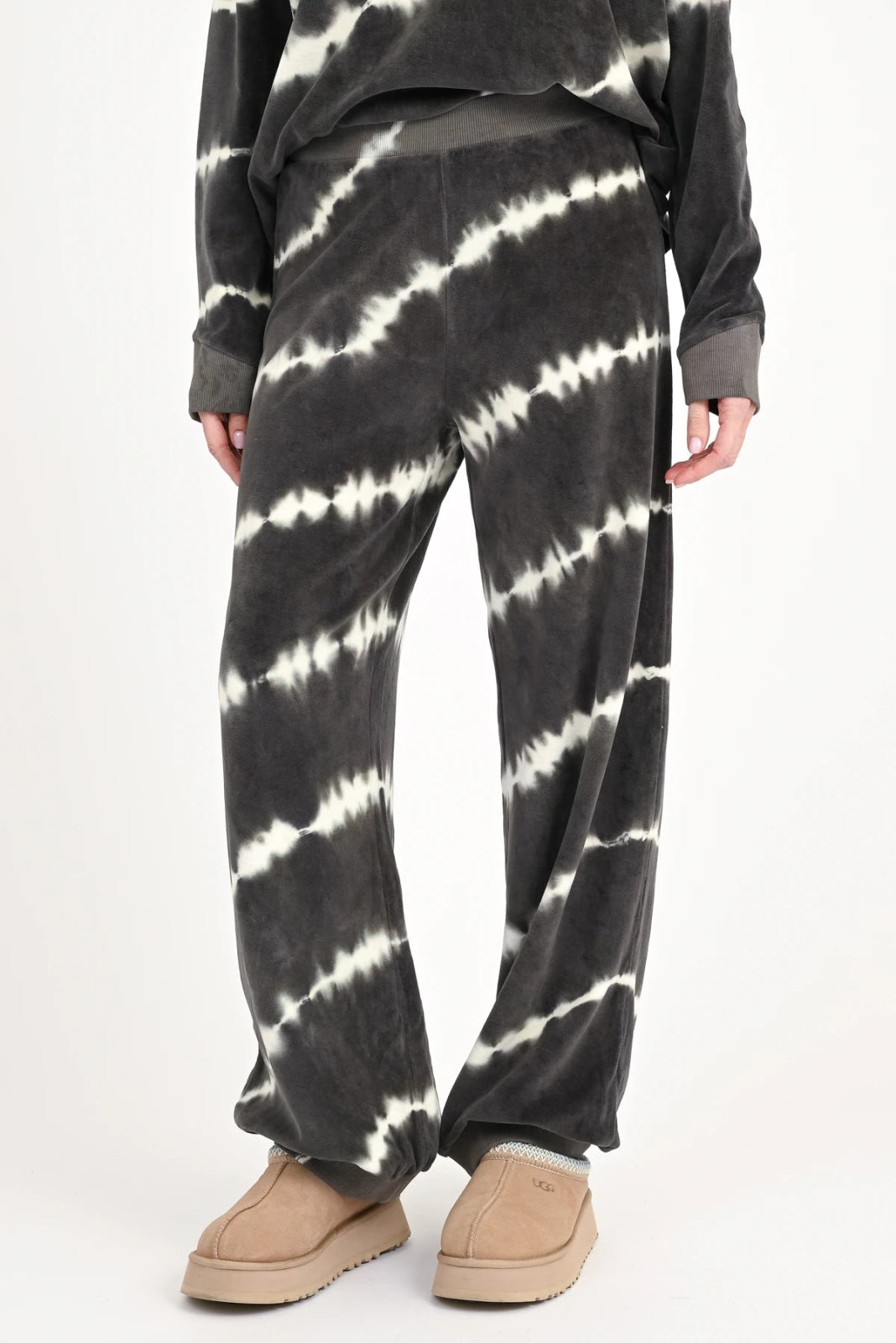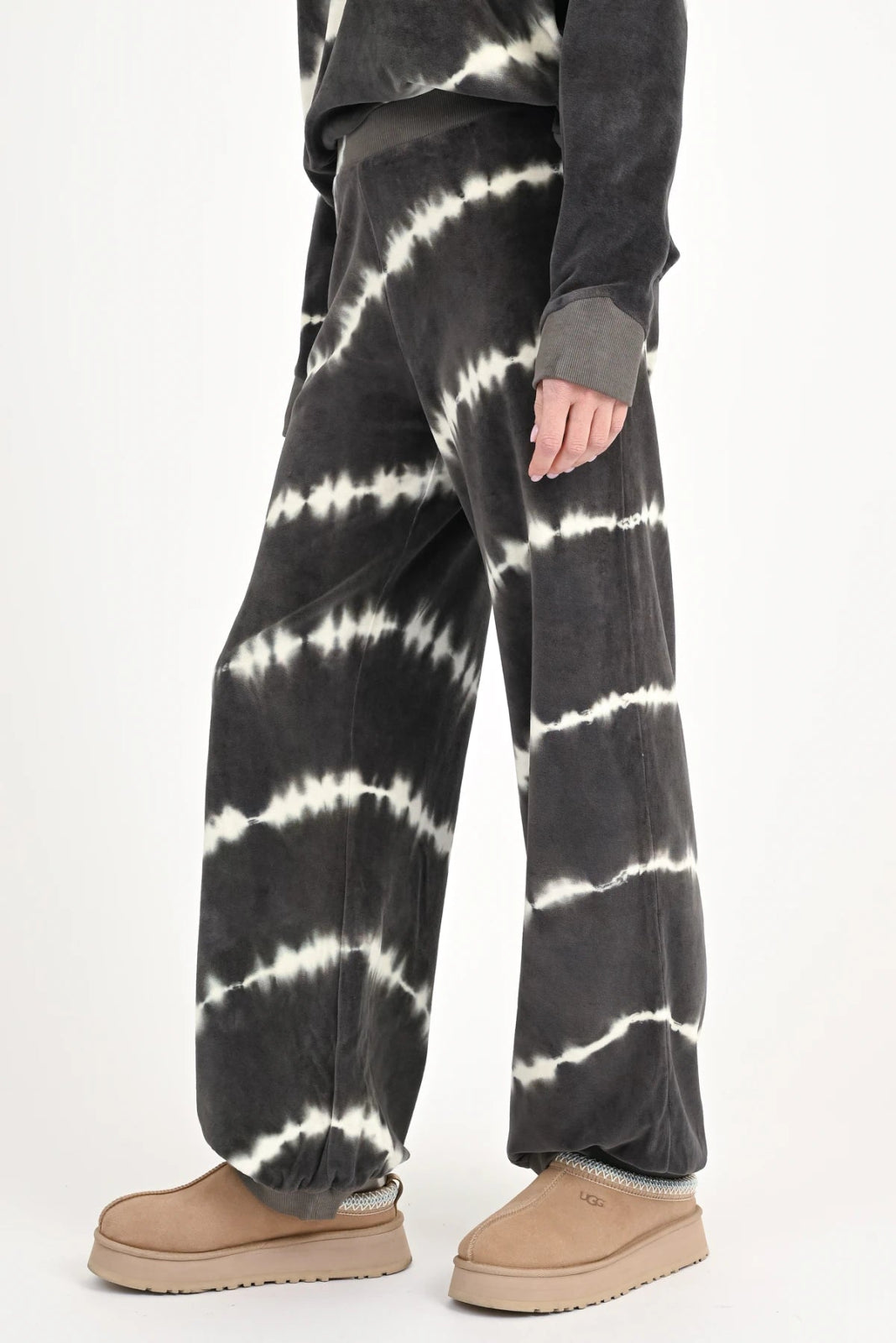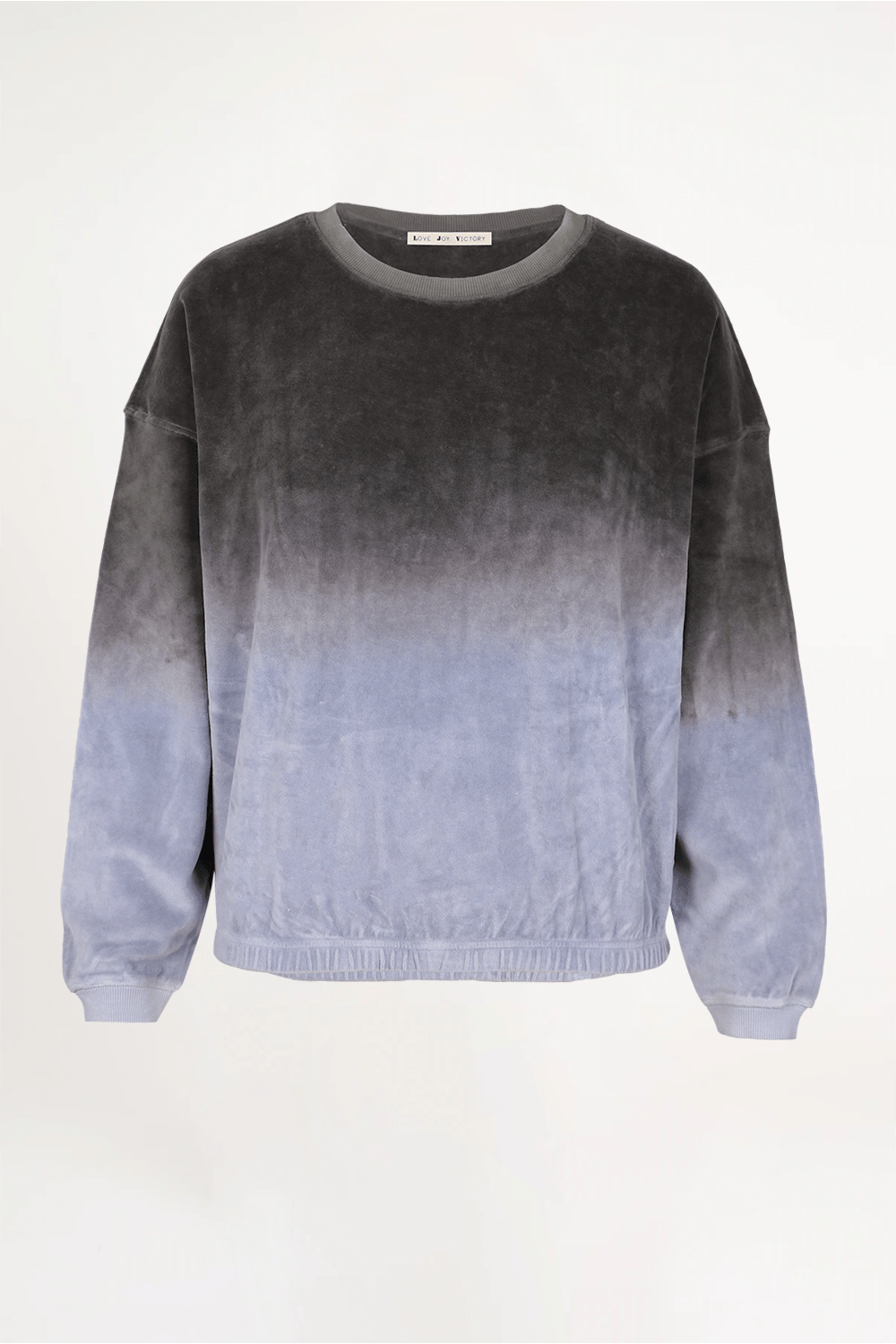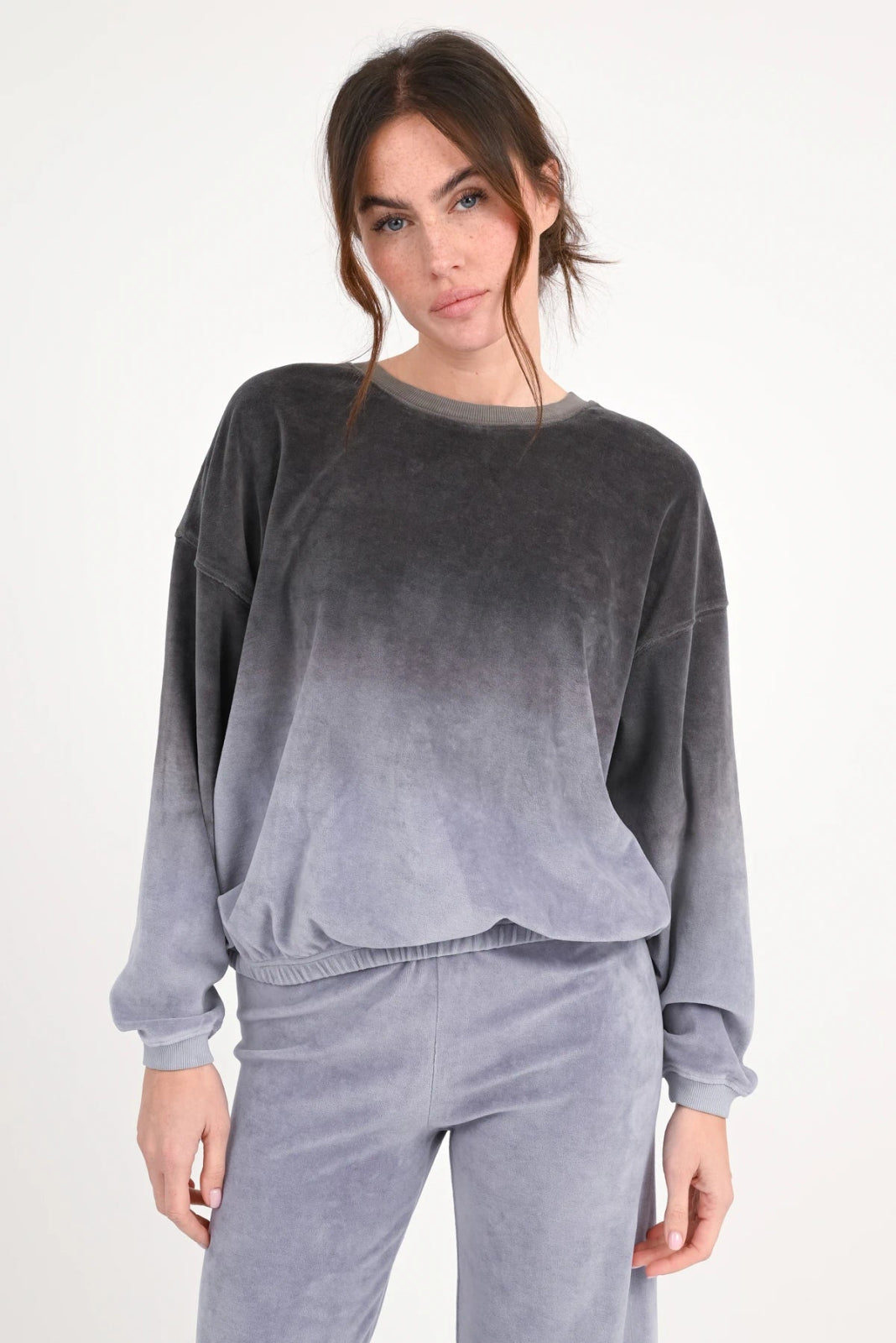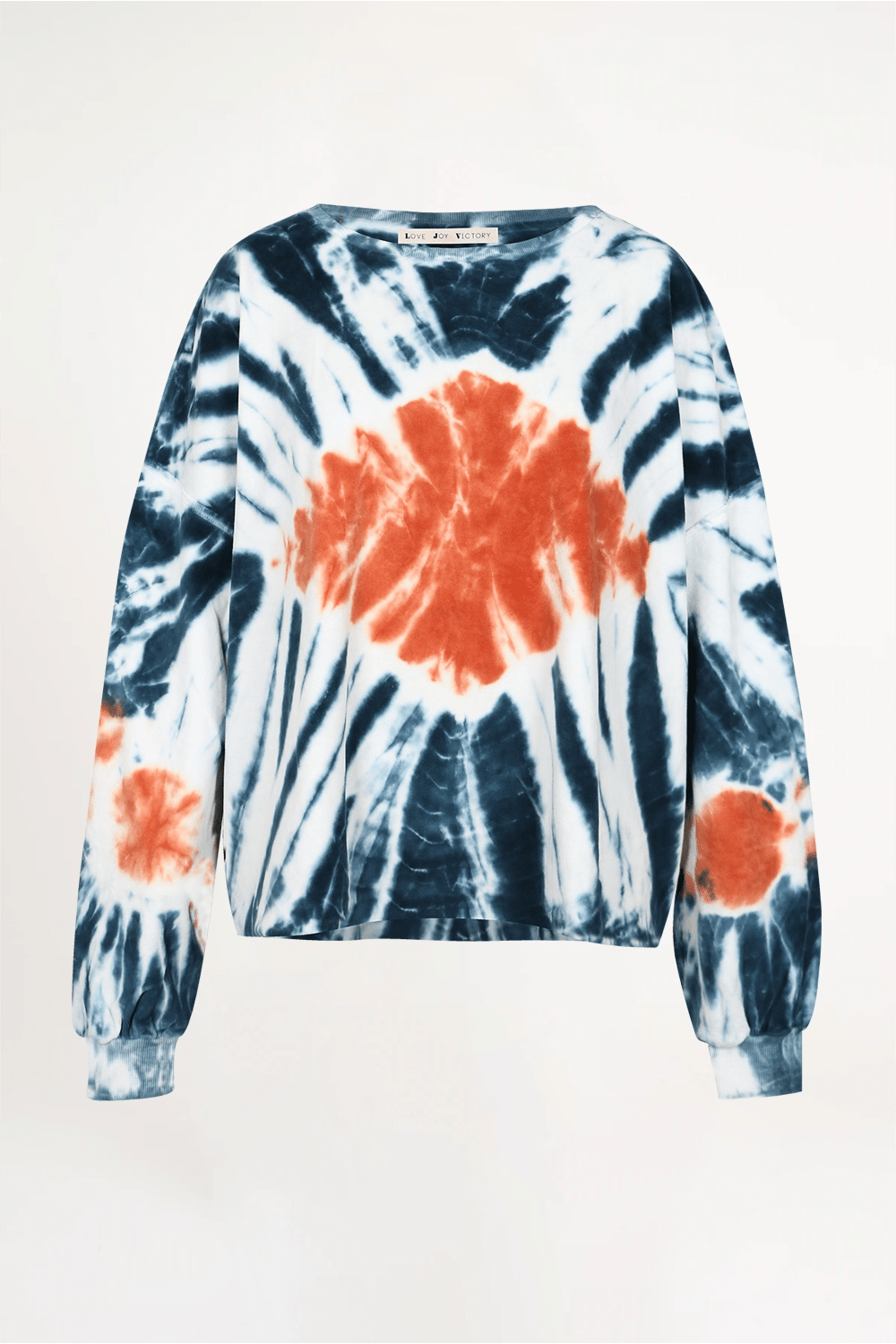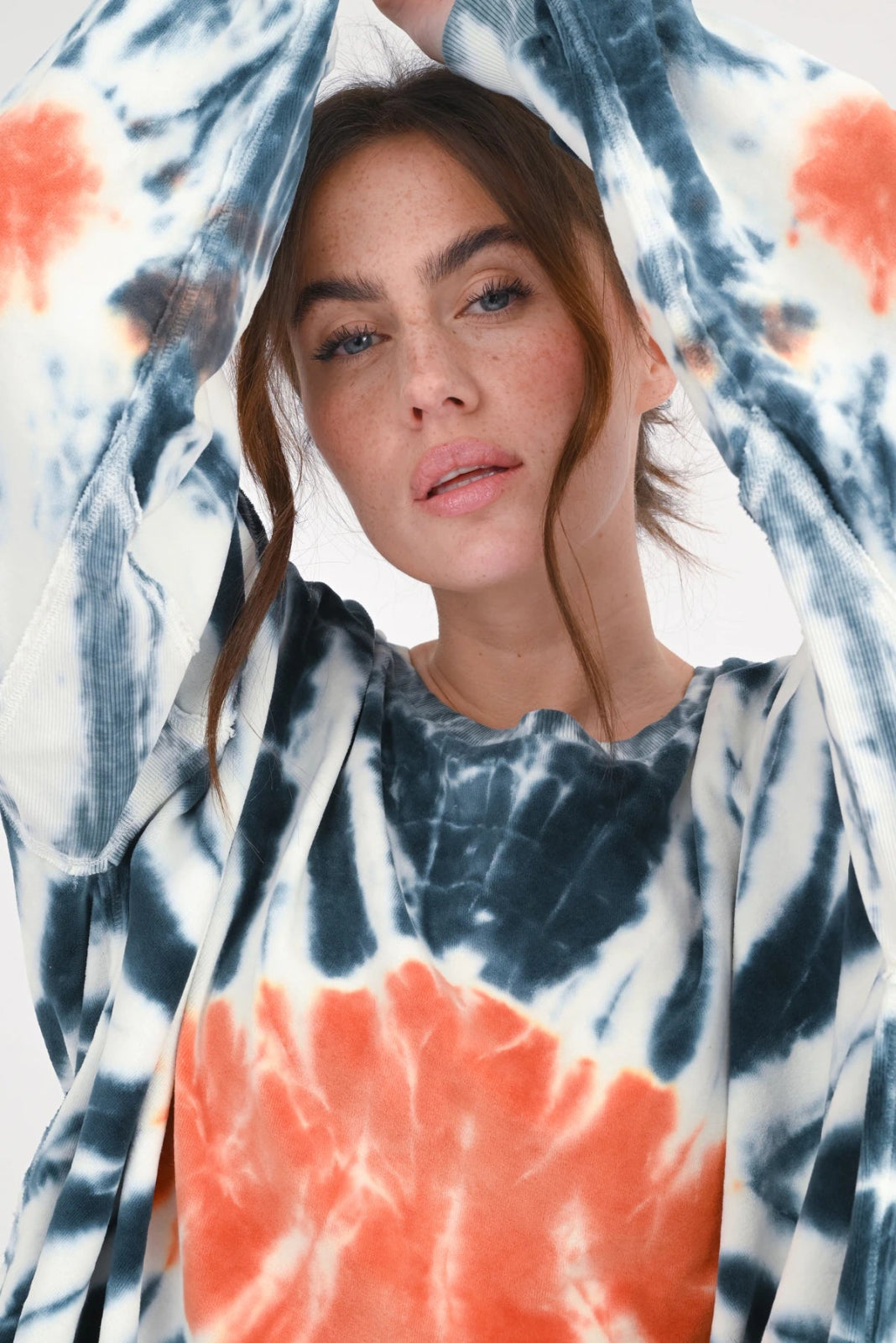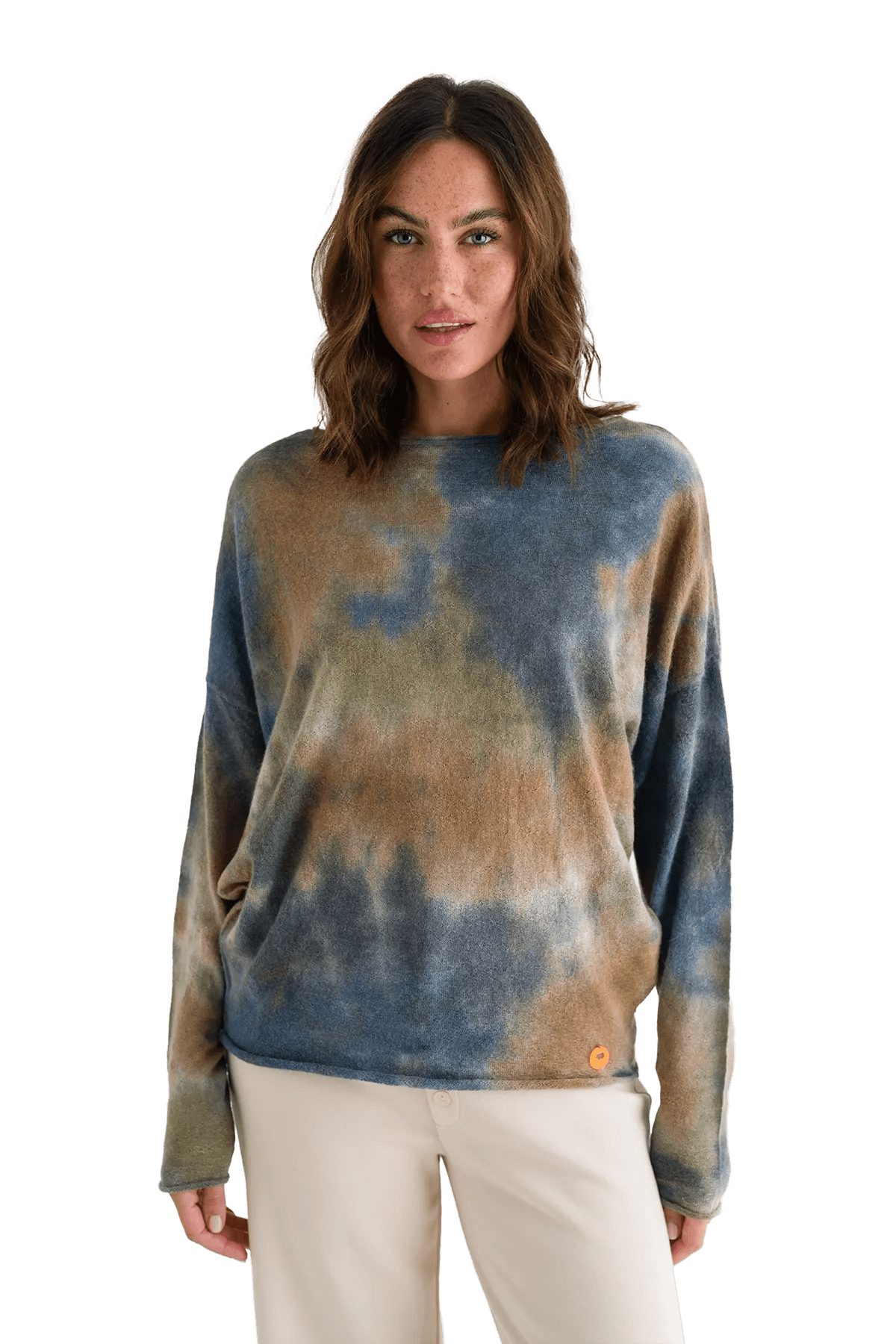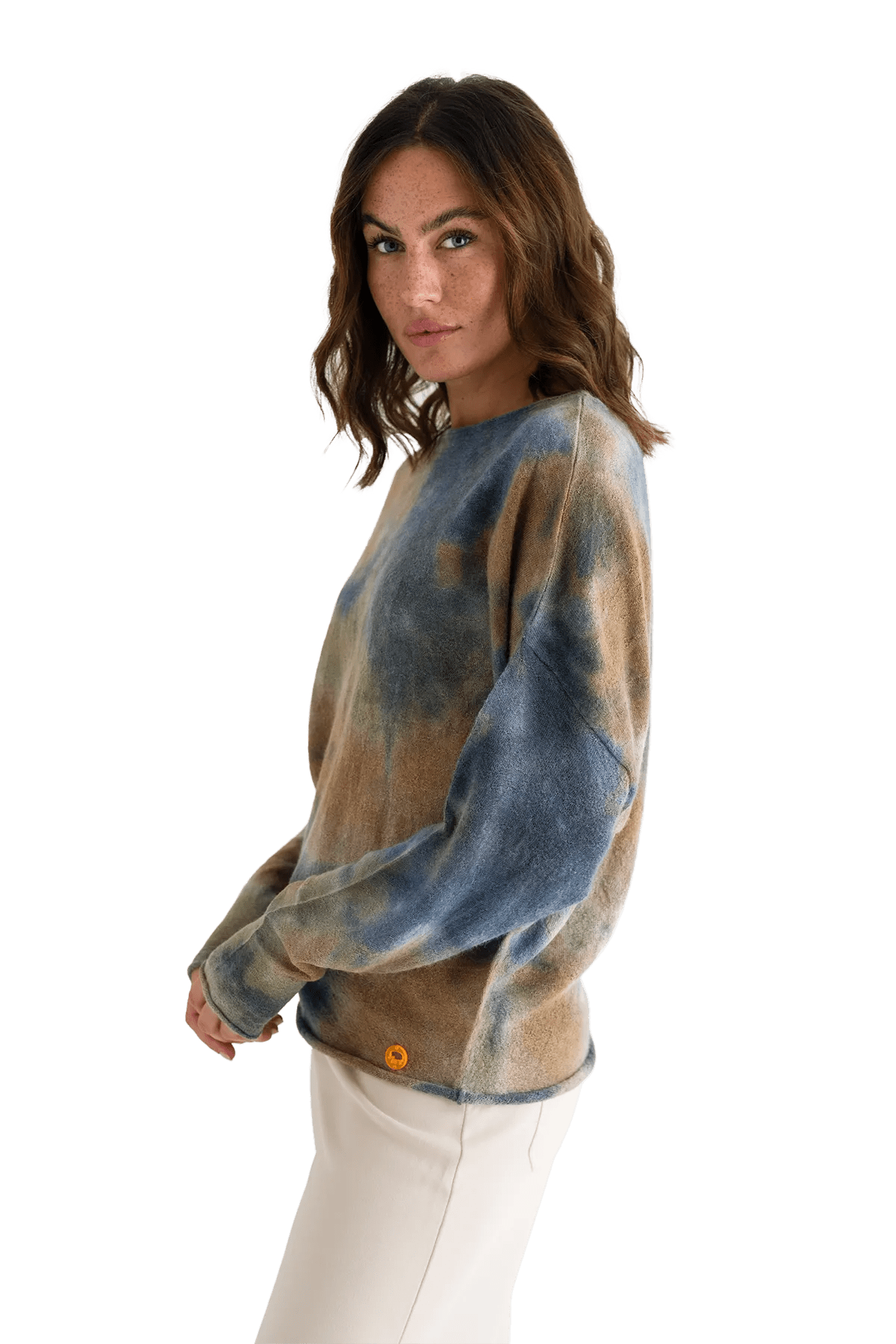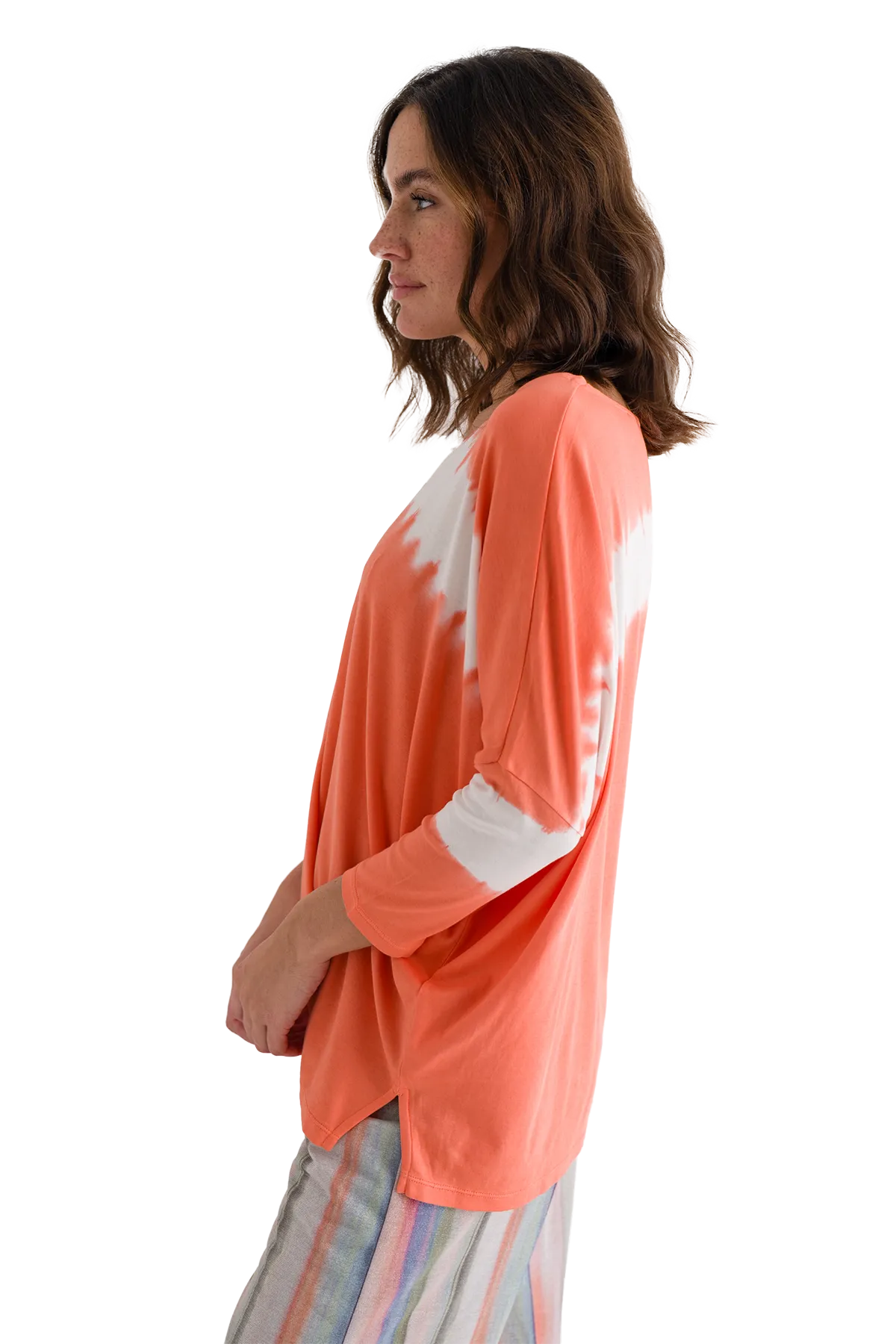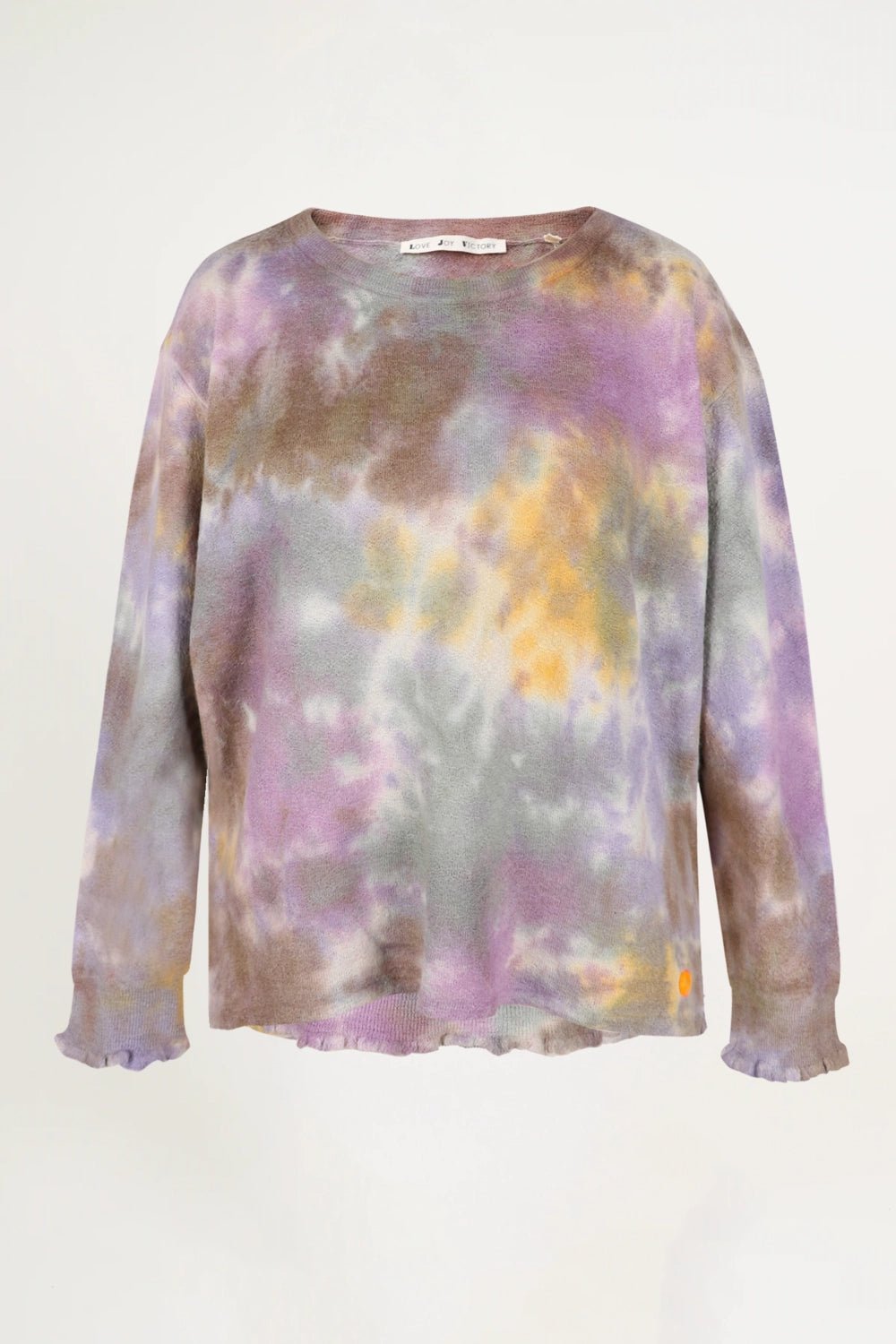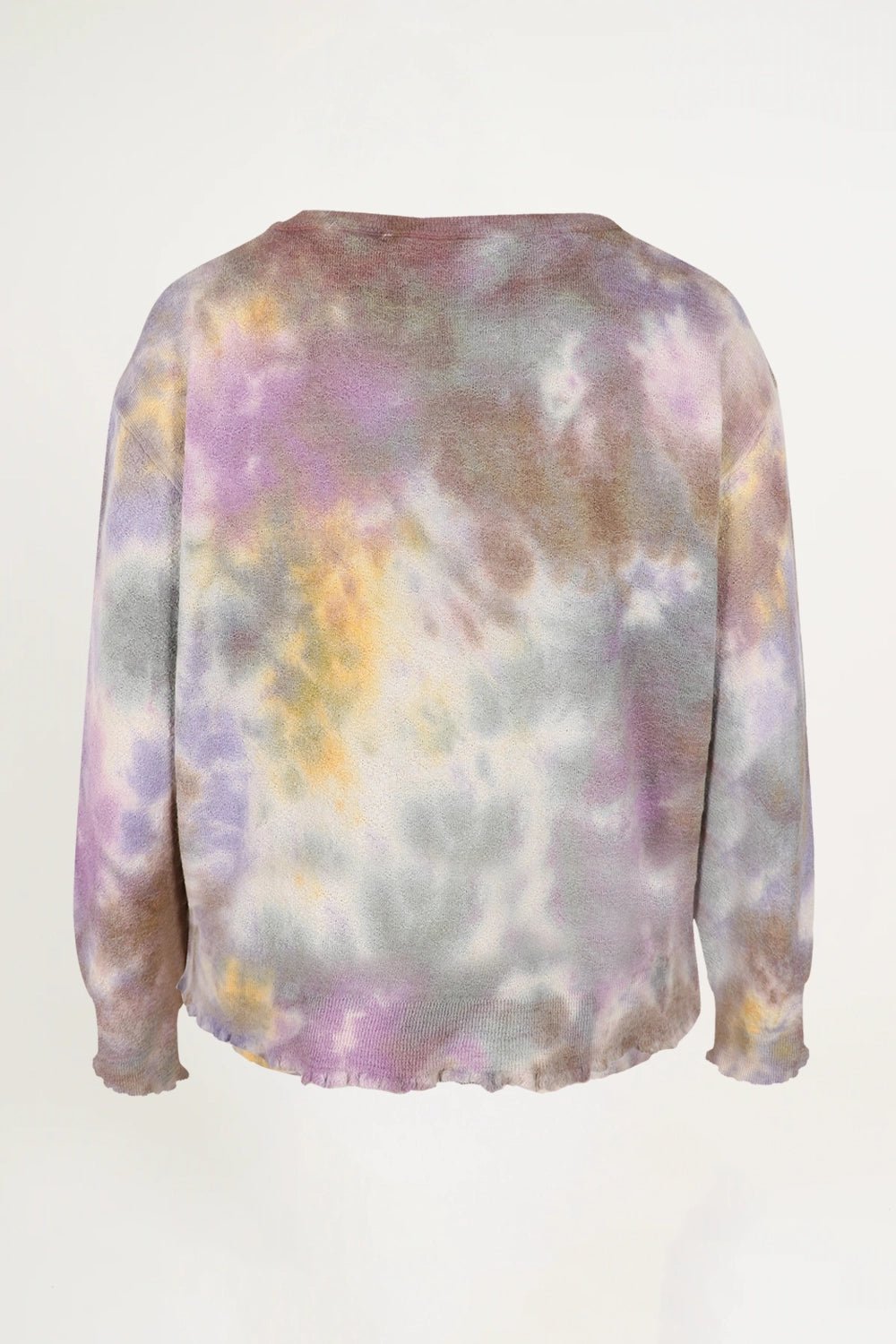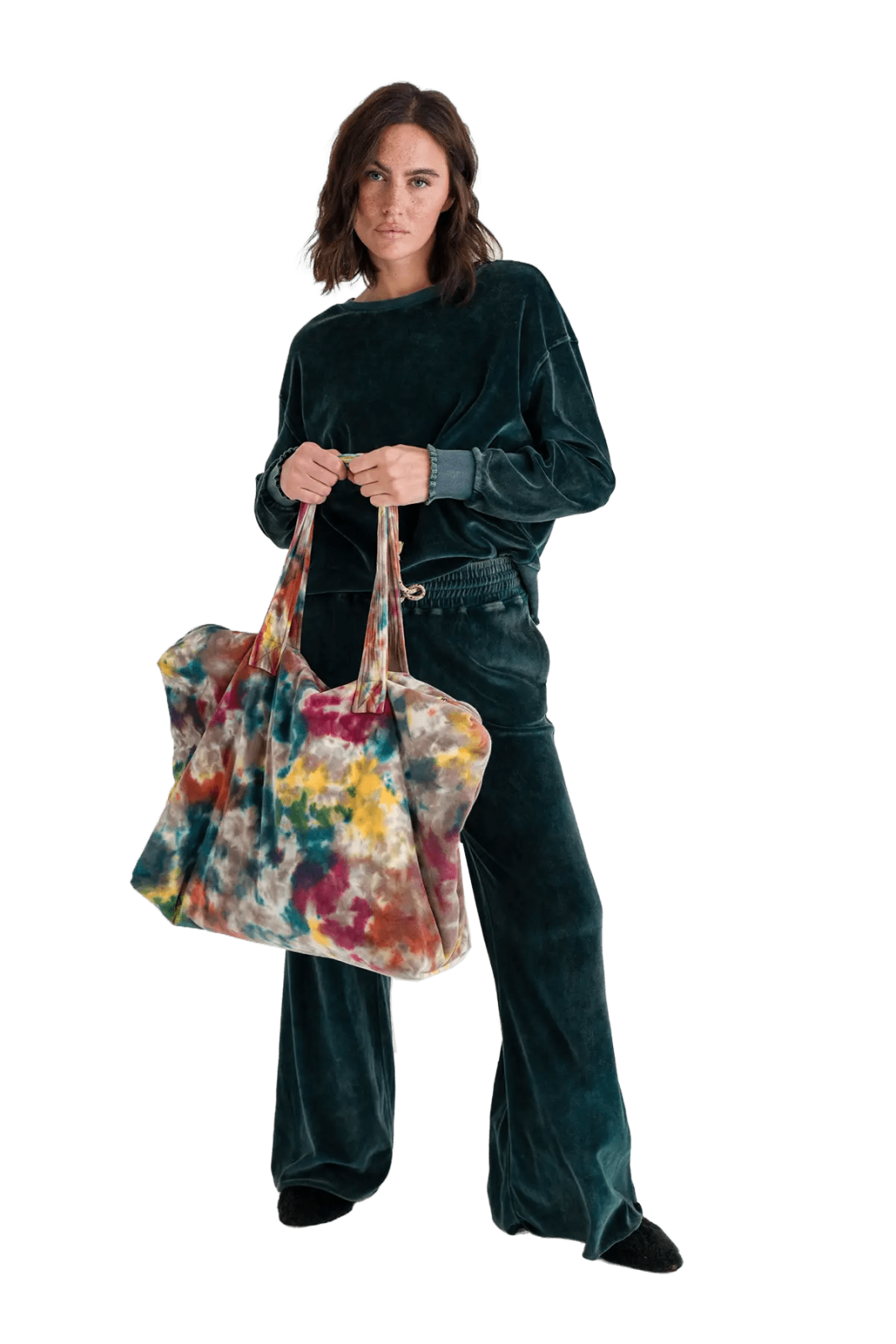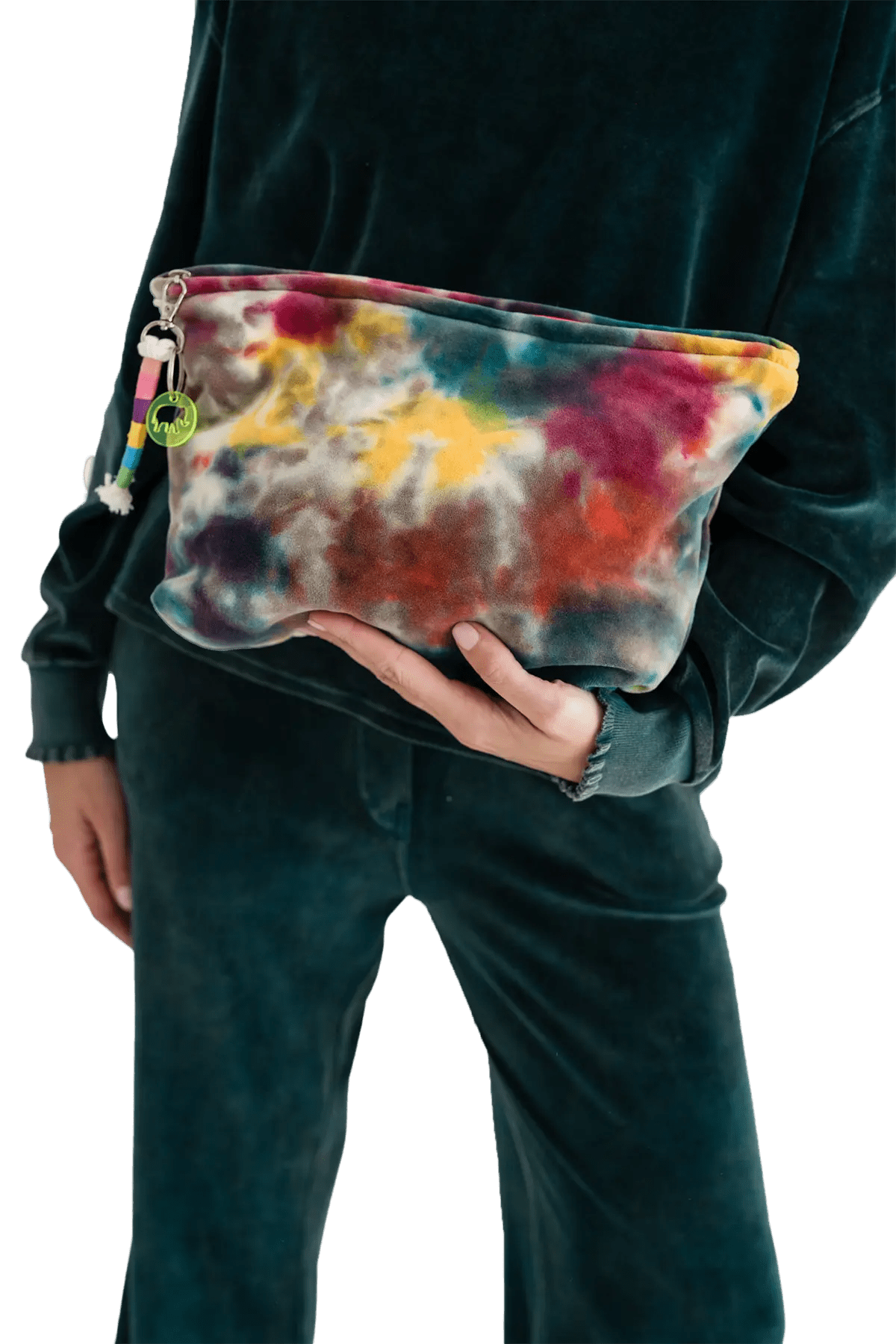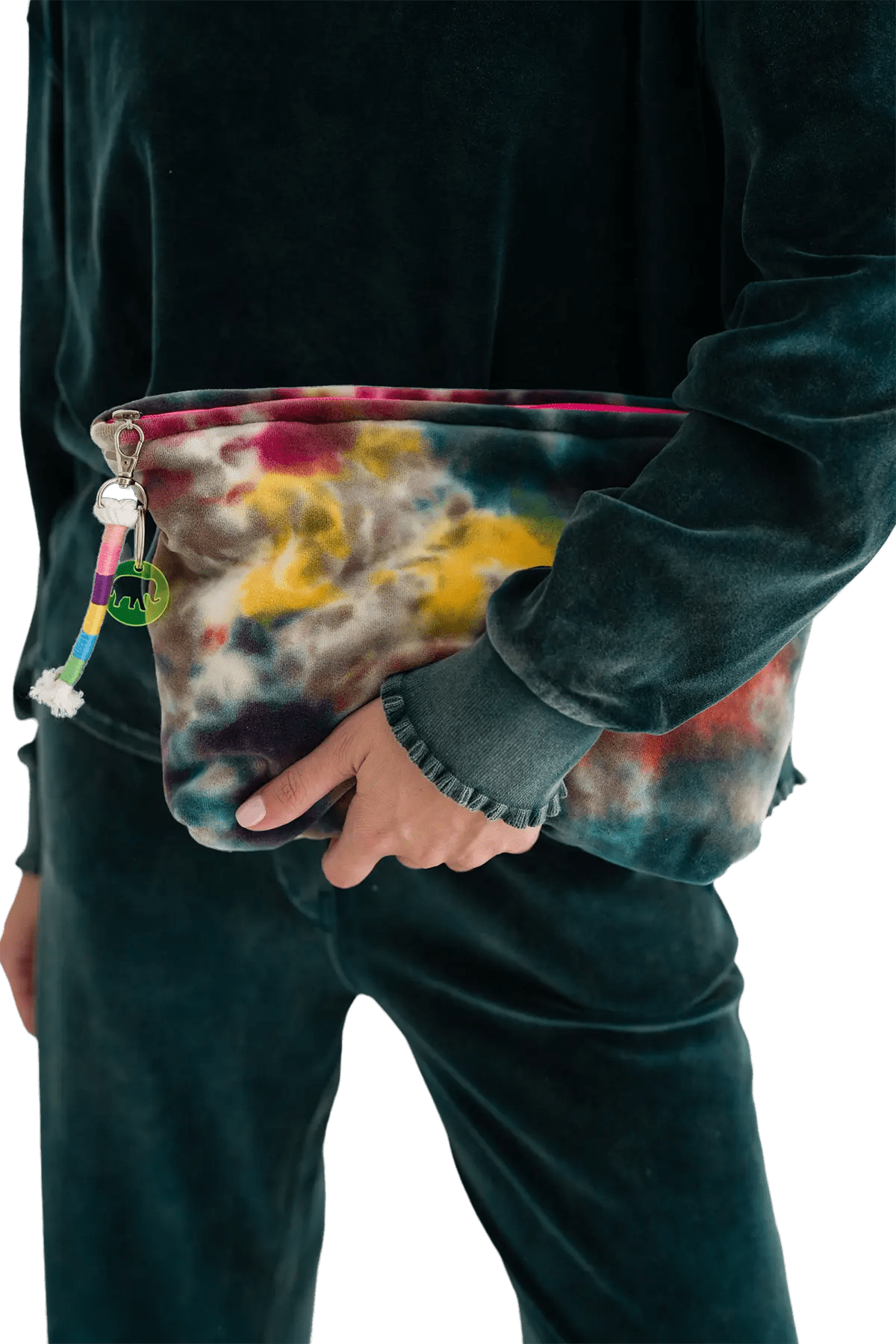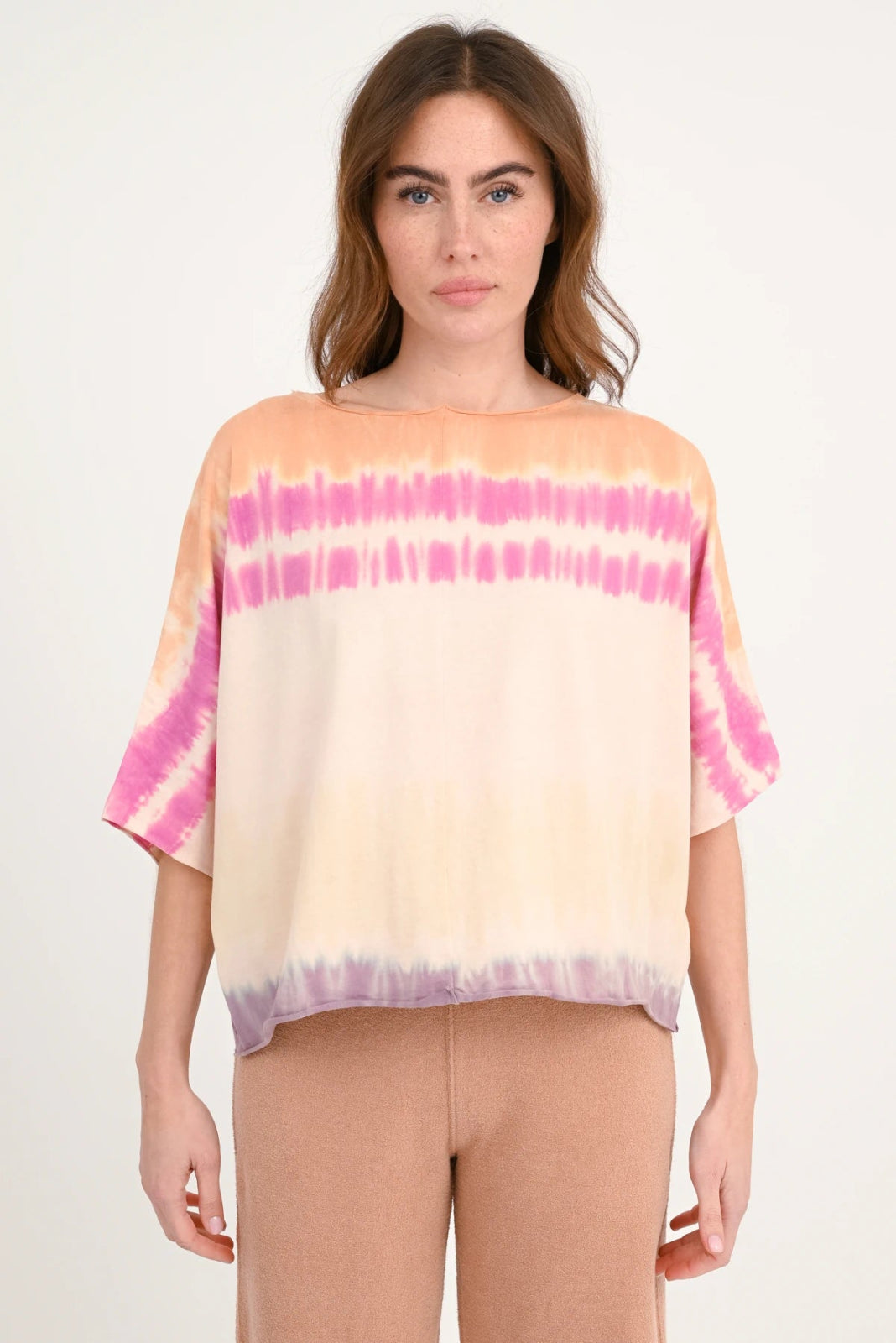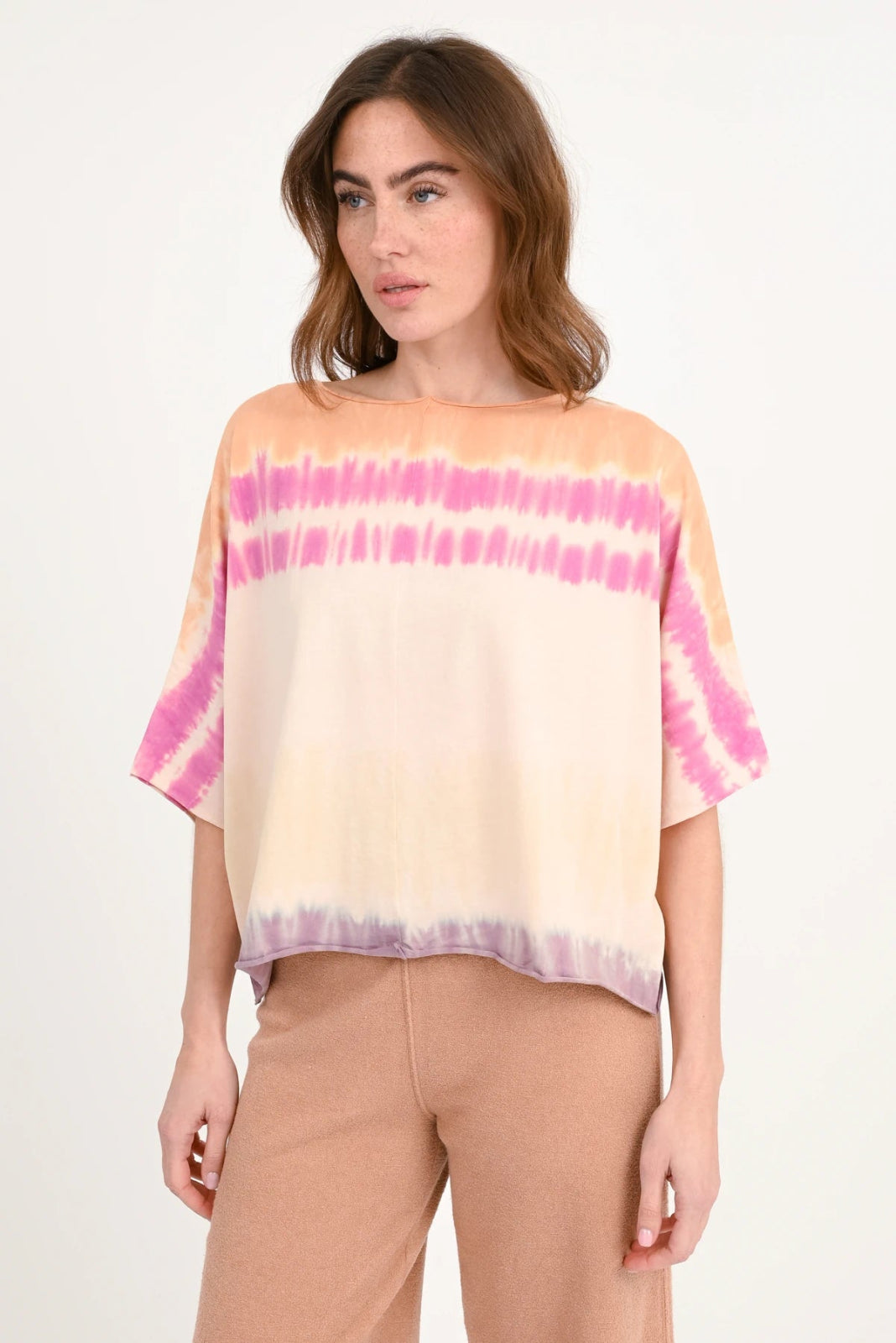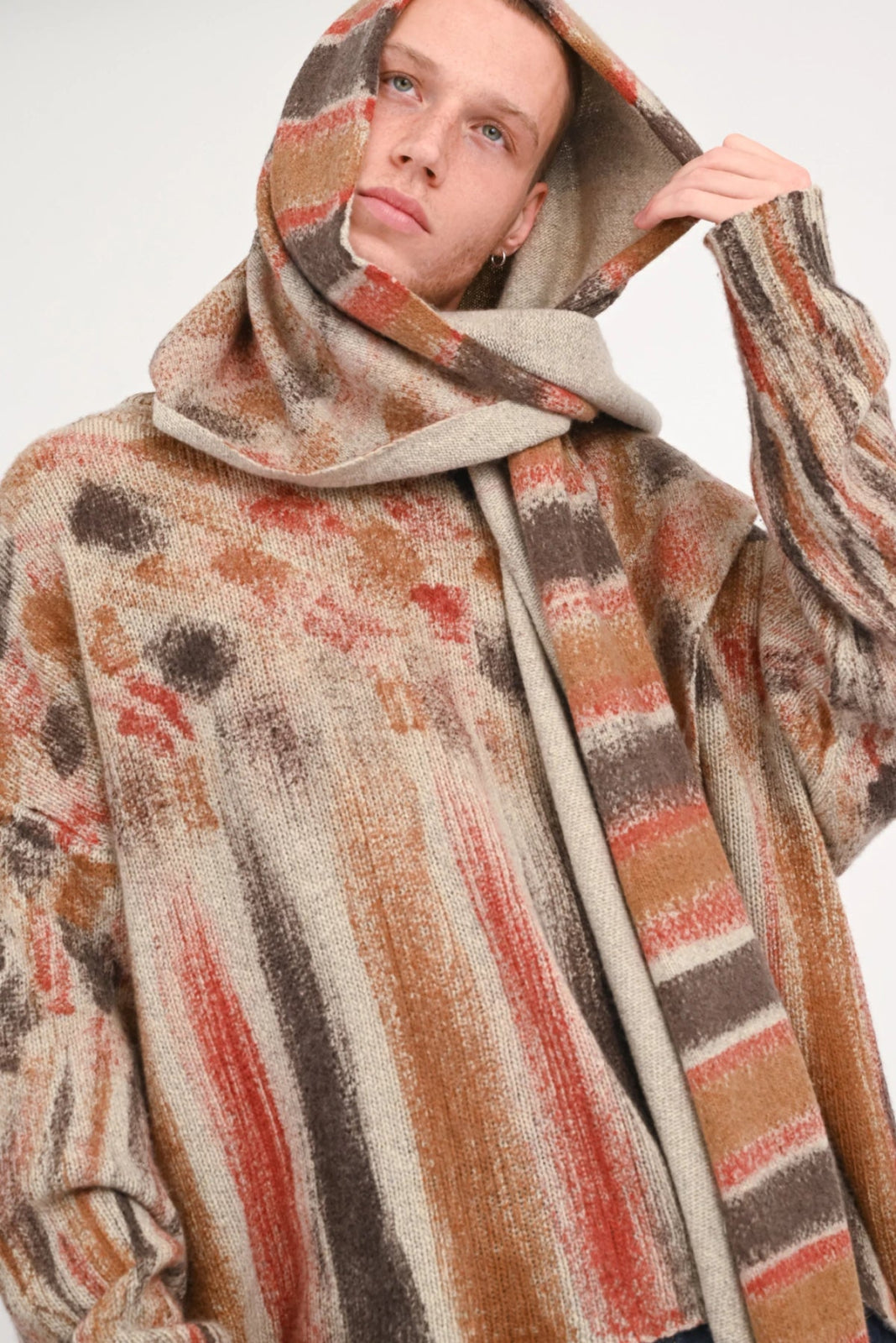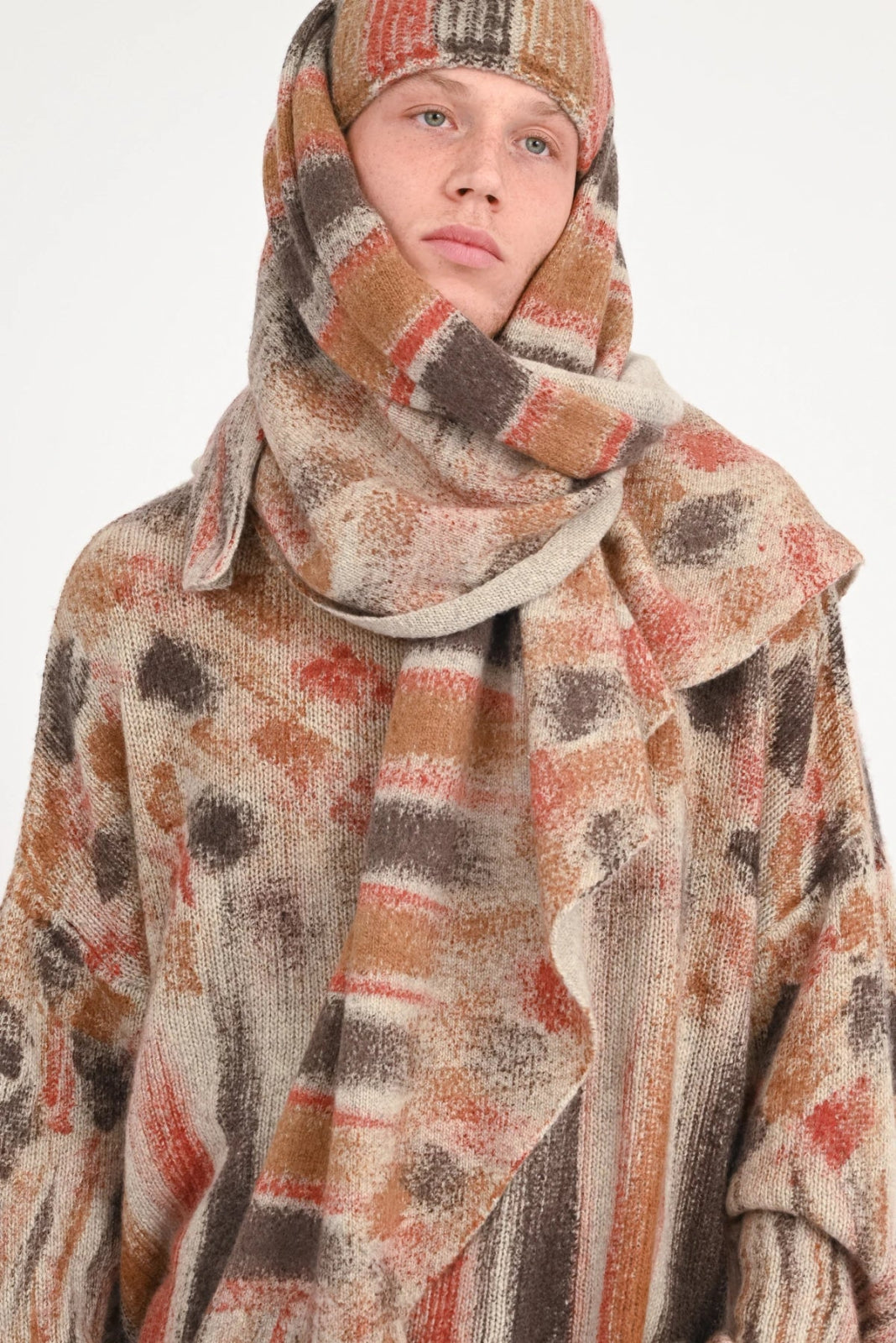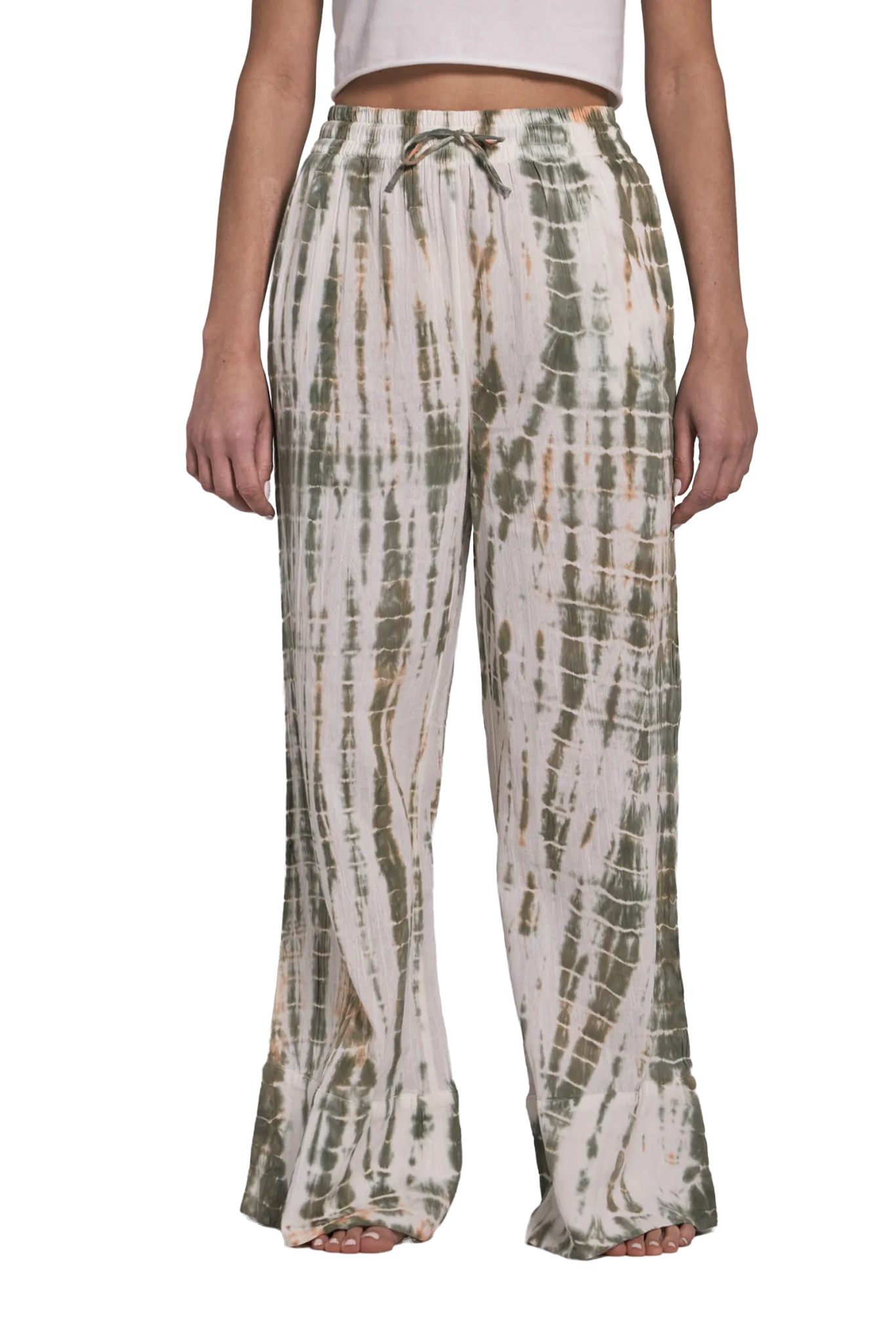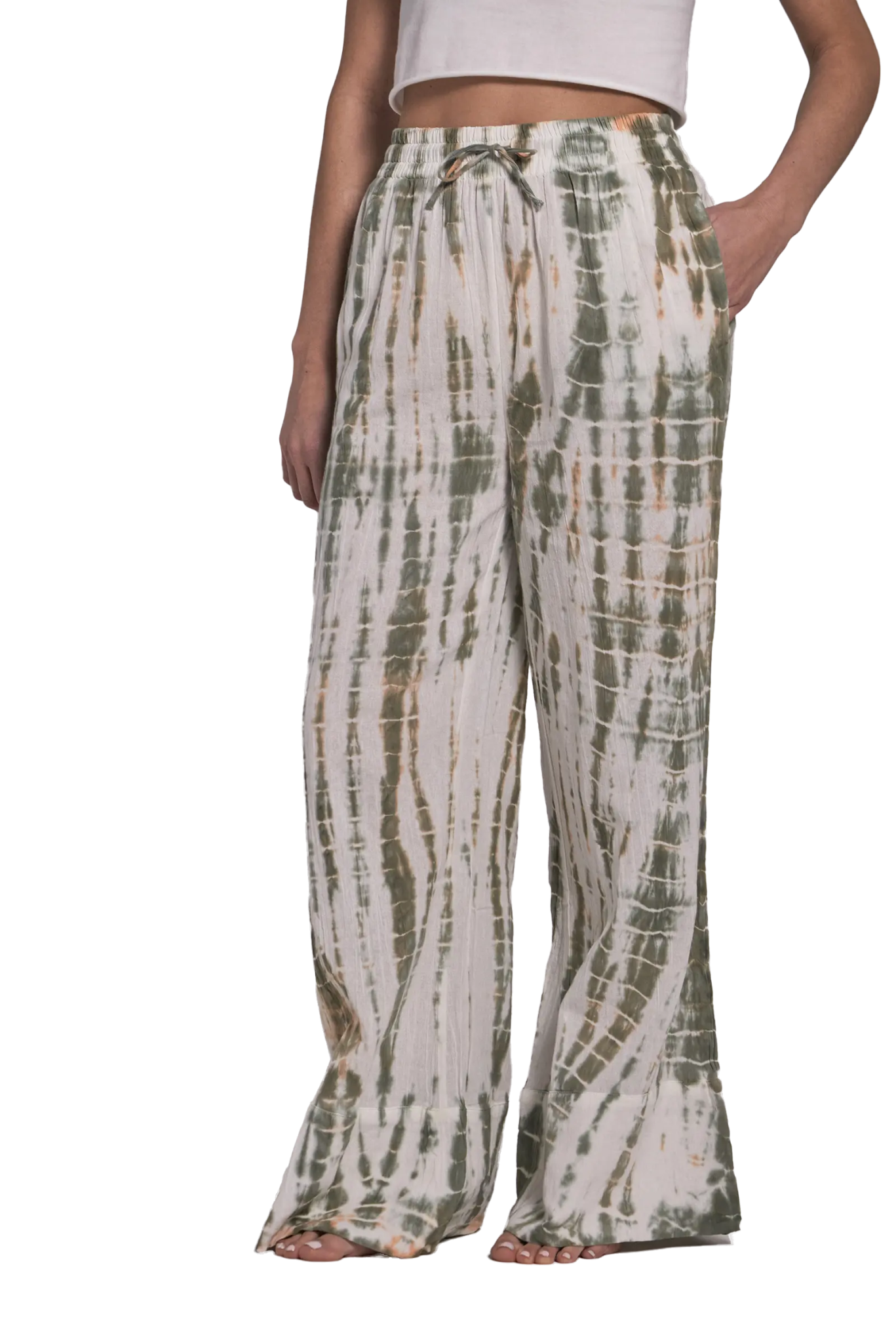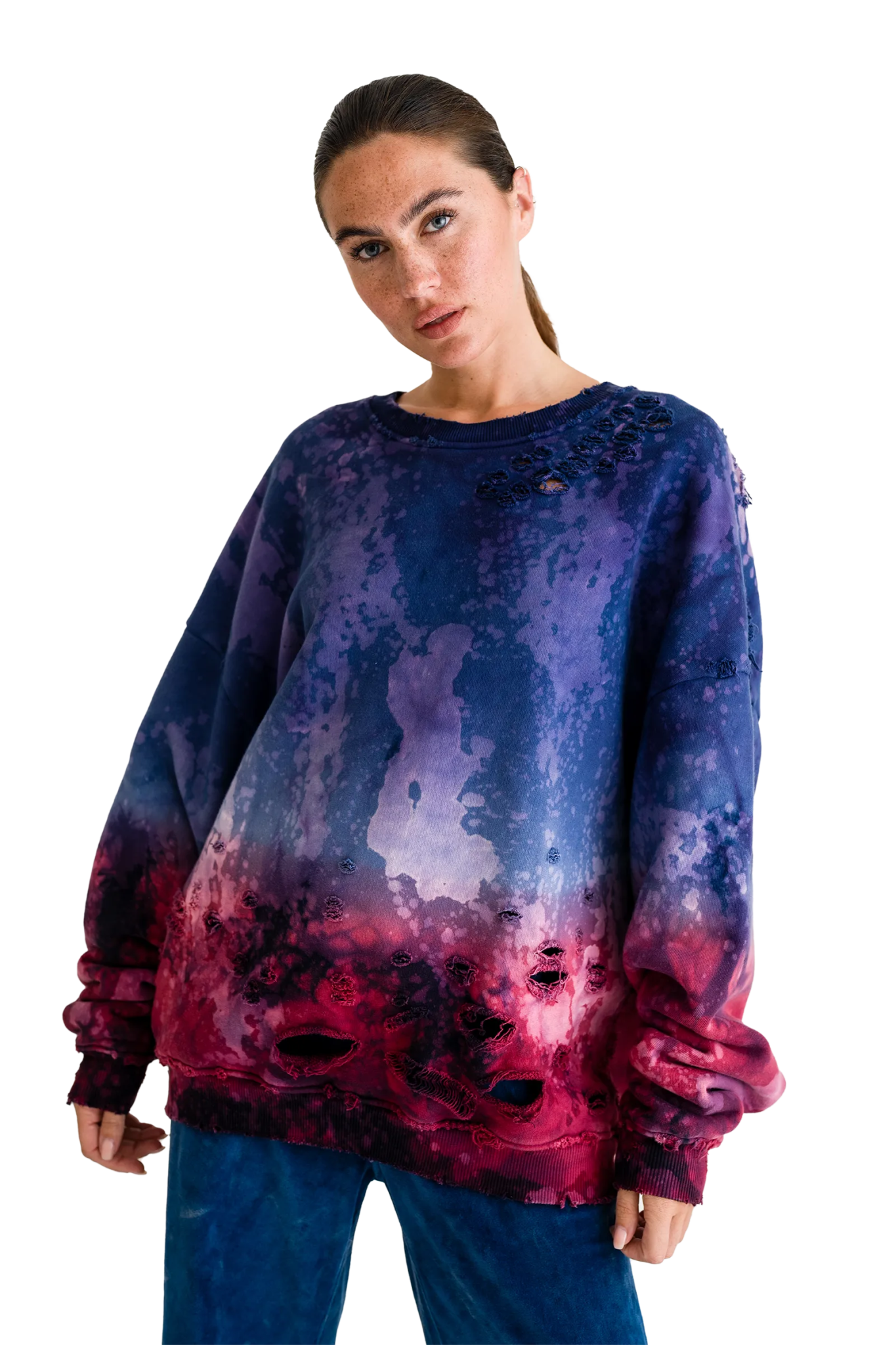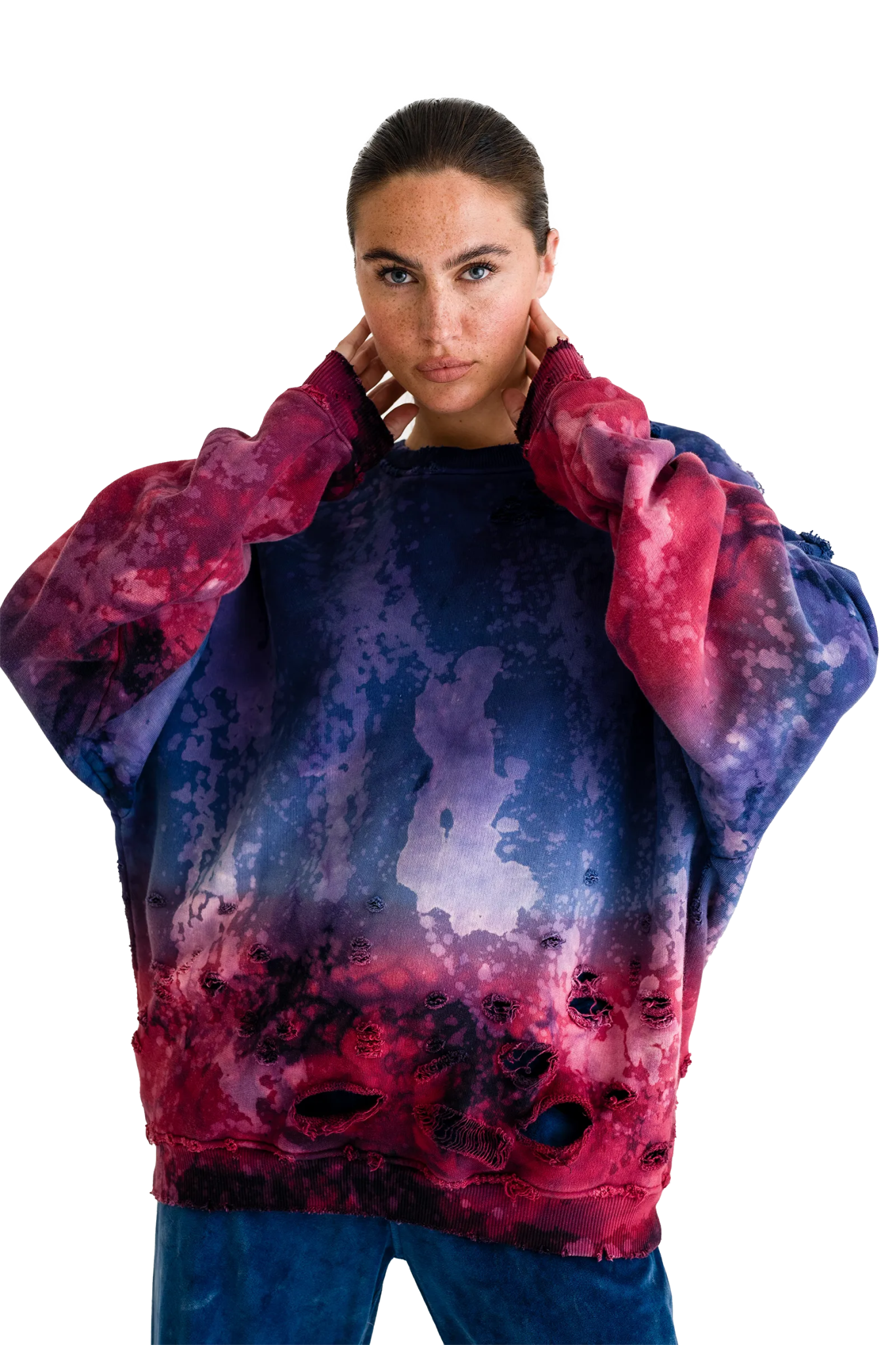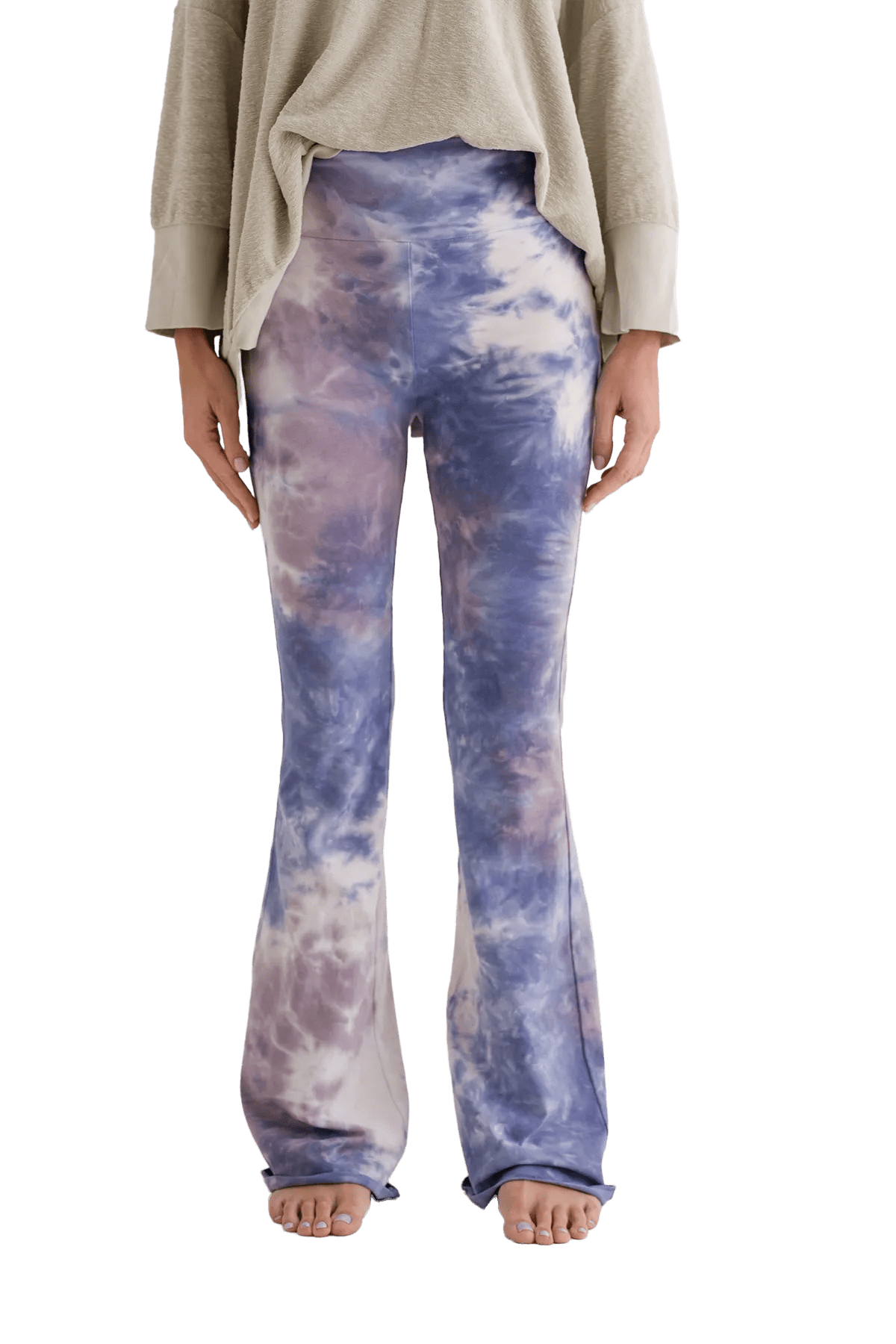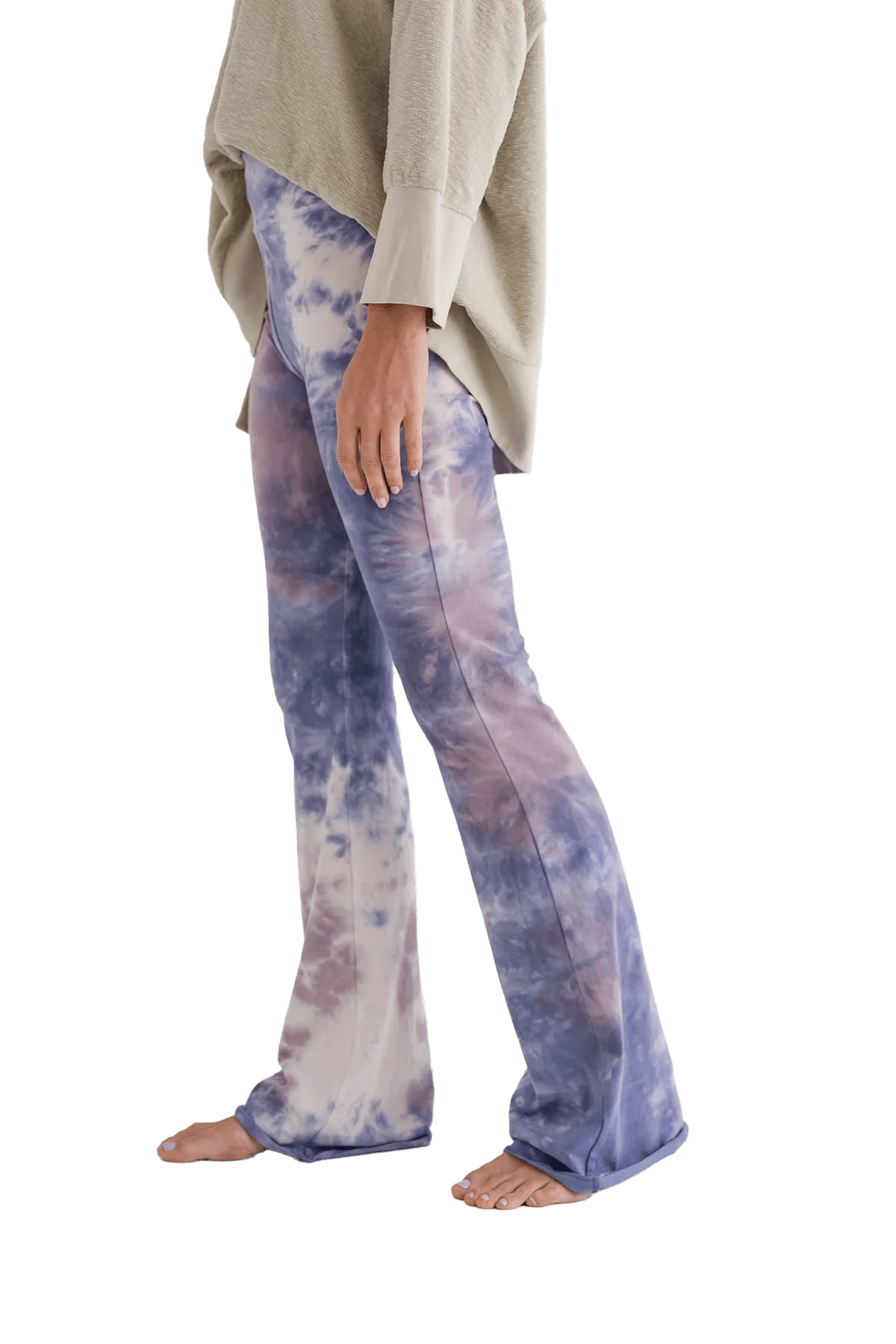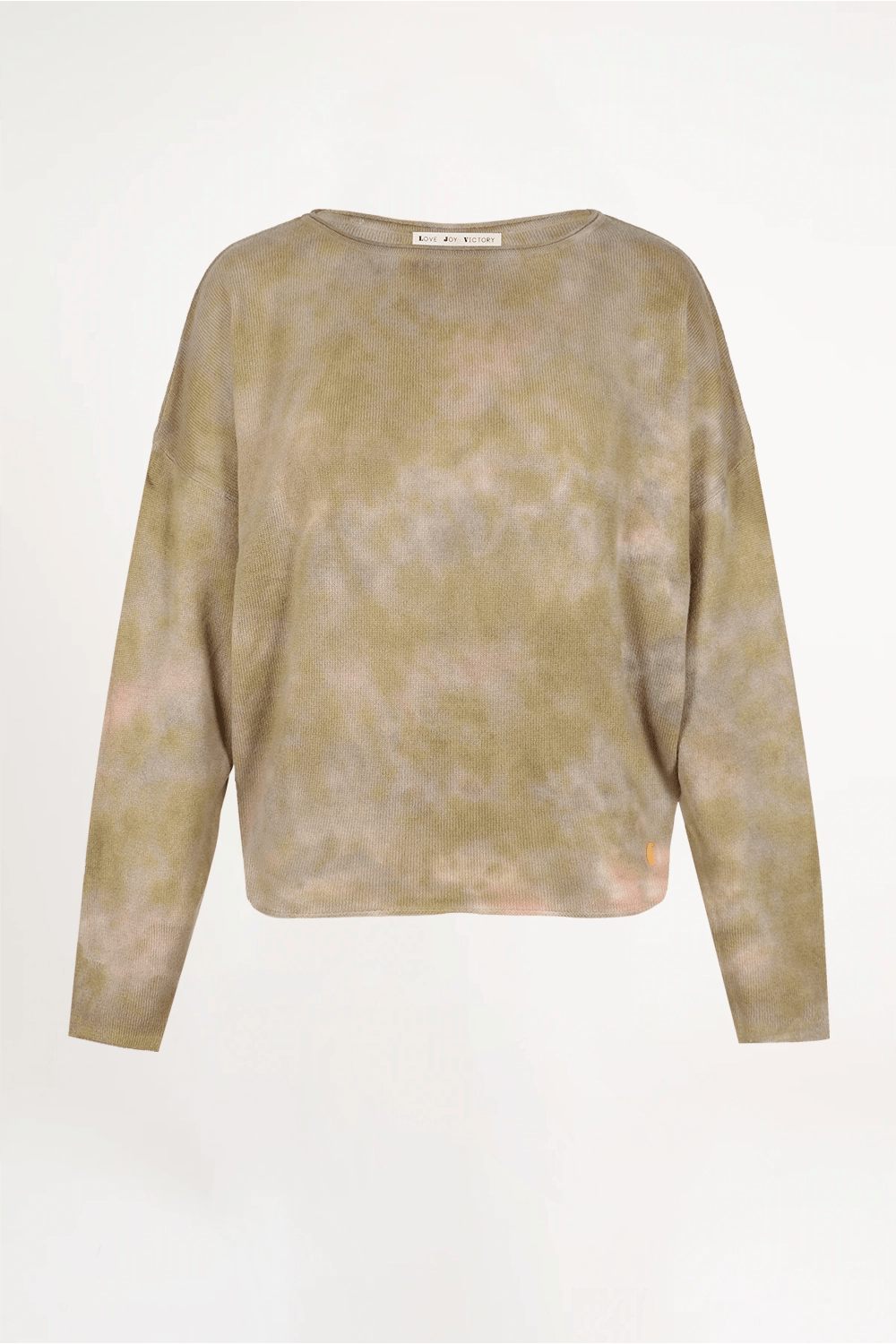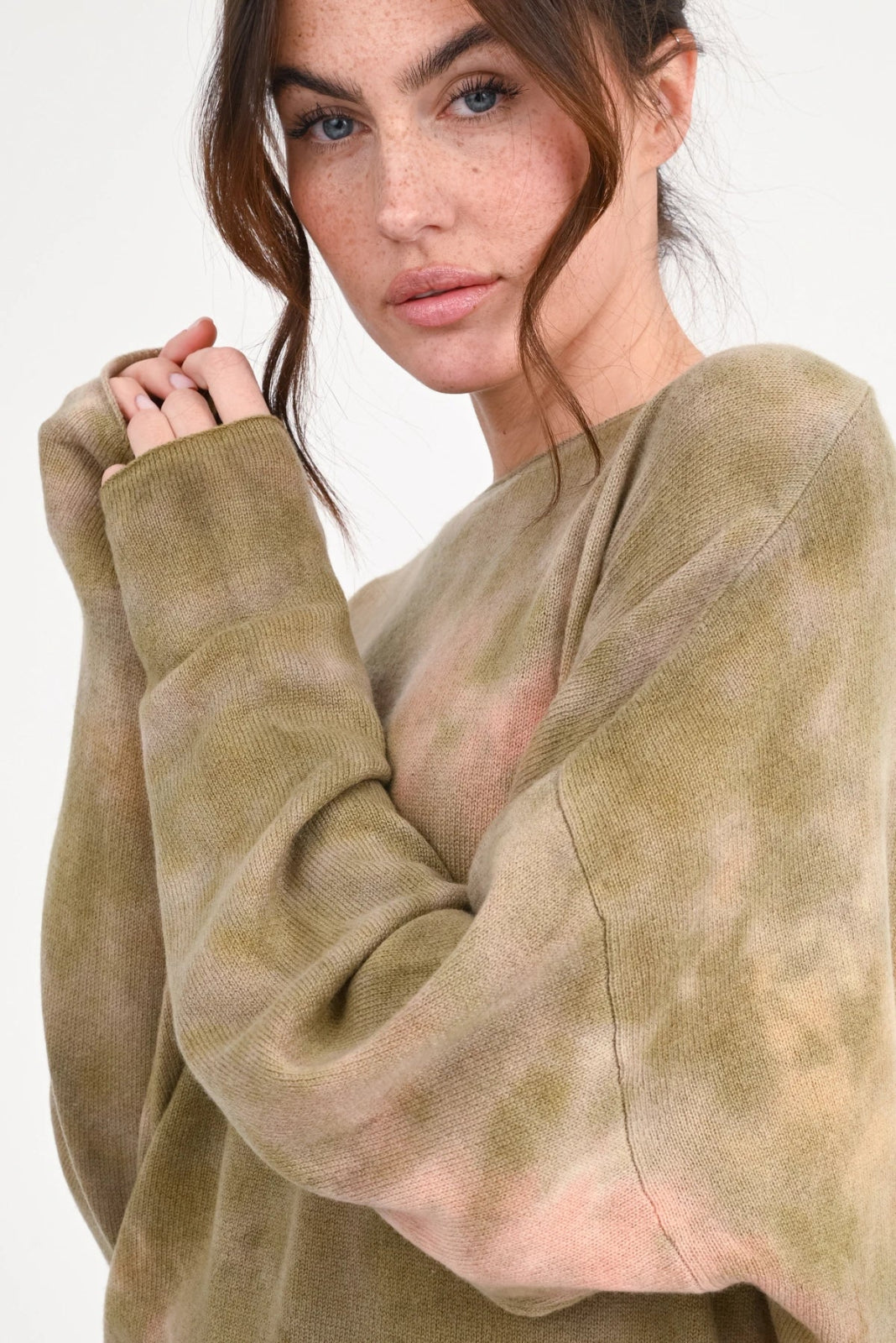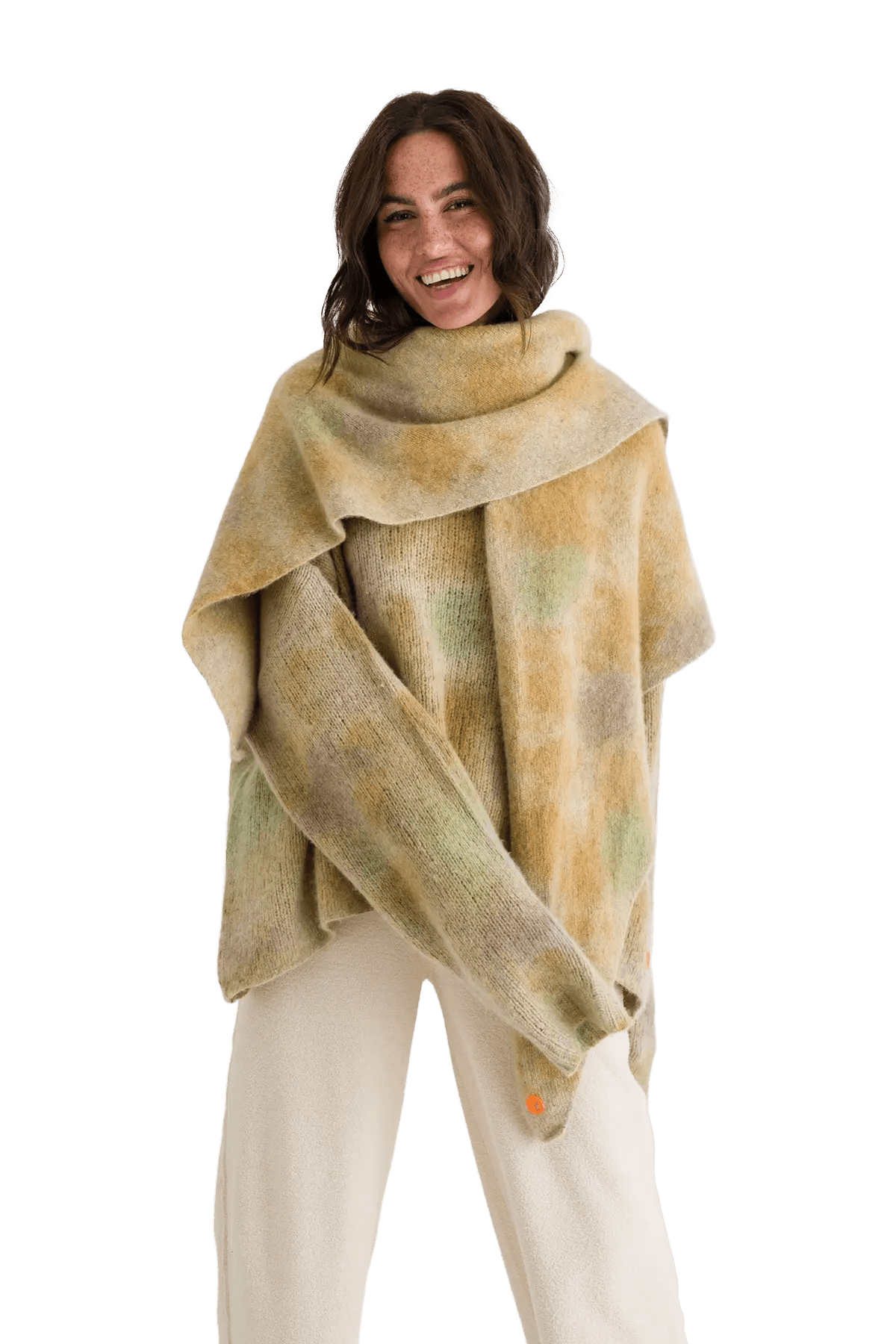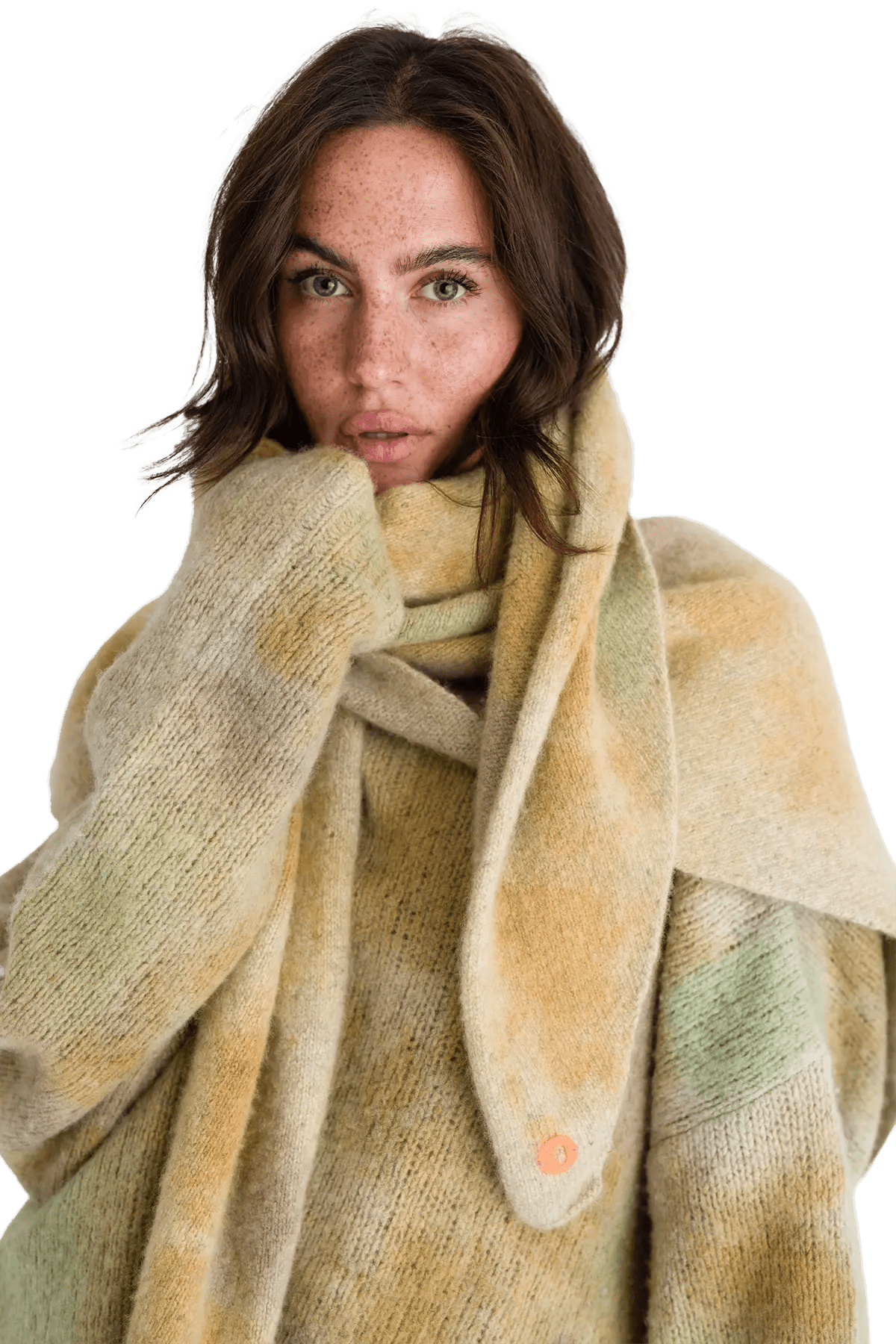Filters
Batik clothes
Batik is a centuries-old dyeing technique that originated in Indonesia and has long since found its way into modern fashion. What makes it special is that each piece is unique. Folding, binding, or waxing create individual patterns with characteristic color gradients. Today, batik is being reinterpreted – on T-shirts, sweaters, dresses, or pants – often in combination with natural fabrics and sustainable production.
Batik Basics: History, Meaning & Comeback
Batik is more than just bright colors: It's a craft, culture, and expression all rolled into one. Originally popular in Southeast Asia, batik became a symbol of the hippie era in the 1970s and is now experiencing a strong revival as a conscious, creative alternative to mass-market fashion. Flowing transitions, contrasts, and a certain distressed effect are typical of the batik look.
Whether it's a batik dress , sweater , sweatshirt or bag - batik brings individuality to modern outfits and today stands for creative freedom and conscious consumption.
Find your perfect batik piece
Our batik clothing combines casual comfort with artistic design. From classic shirts to statement pieces – in our batik clothing shop you'll find styles for every occasion.
The tie-dye shirt is a versatile all-rounder: whether as a women's tie-dye shirt for everyday wear or as a 90s-style tie-dye shirt for nostalgic vibes – the possibilities are endless. Tie-dye tops can be wonderfully combined as a focal point piece with neutral bottoms or, as a tie-dye blouse, add elegant accents to your outfit.
Batik long shirts offer expanded styling options. Perfect as a tunic or for creative layered looks . From relaxed to elegant – there's a design to suit every taste.
For those who like to go all out: The batik jumpsuit effortlessly creates complete festival looks or casual everyday outfits. Batik dresses bring artistic patterns to flowing silhouettes, while a batik skirt allows for versatile combinations.
Rainbow tie-dye brings vibrant color gradients to your wardrobe – optimistic energy in wearable form. The various tie-dye colors and patterns range from soft pastels to bold statement colors.
Styling tips: Combine batik shirts with our Basic Love Pieces for balanced looks. Batik patterns paired with glitter details create striking contrasts, while combining them with patchwork designs showcases double the artistry. Batik tops worn under jackets or coats add a touch of creative professionalism to the workday.
Sustainable craftsmanship
Our batik fashion collection for women uses only natural, non-toxic dyes . Traditional dyeing techniques combined with modern environmental responsibility. Every piece supports traditional artisans and fair working conditions . Art that improves lives.
The Indonesian batik technique ensures colorfast, long-lasting patterns . Each piece becomes even more beautiful over time – batik fabric is known for its durability and quality. This makes our batik clothing faithful companions that will last for years.
What makes it special: Each piece is unique due to the handcrafted nature of the work, with an individual pattern distribution. No two items are alike. The various batik techniques – whether knots, stripes, or other patterns – transform each garment into a unique work of art.
To keep your tie-dye pieces looking beautiful for longer: Wash them in cold water for optimal color retention, air dry them, turn them inside out, and use mild, natural detergents. This way, your tie-dye shirts, tops, and jumpsuits will retain their vibrant colors and unique patterns.
Our batik fashion honors Indonesian tradition and supports the continuation of this cultural heritage . Each batik piece is unique – just like the person wearing it. Authenticity in a world of mass production.
Each batik piece tells a story of craftsmanship , tradition, and the beauty of the unique. Art to wear. Art that connects cultures, celebrates individuality, and makes every day a colorful experience.
LOVE JOY VICTORY Batik – more than fashion, it's art in action. In our batik clothing shop, you'll find carefully curated pieces that combine the highest quality standards with ethical production.
FAQ Batik
Batik ist eine traditionelle Färbetechnik, bei der Stoff durch Abbinden, Falten oder Knoten in bestimmte Muster gebracht und anschließend gefärbt wird. Die abgebundenen Stellen nehmen weniger Farbe auf, wodurch charakteristische Muster entstehen. Ursprünglich kommt die Technik aus Indonesien, wurde aber weltweit bekannt und beliebt.
Das Wort Batik stammt aus dem Javanischen und bedeutet „mit Wachs schreiben". Traditionell wurde Wachs verwendet, um Muster auf Stoff zu zeichnen, bevor dieser gefärbt wurde. Heute wird der Begriff allgemein für verschiedene Abbinde- und Färbetechniken verwendet, die ähnliche Effekte erzielen.
Batik erlebte seine größte Popularität in den 1960er und 1970er Jahren, als die Hippie-Bewegung die Technik als Ausdruck von Individualität und Kreativität feierte. In den 1990er Jahren gab es ein Revival, und aktuell ist Batik wieder im Trend, besonders in nachhaltiger und handgemachter Mode.
Für Batik eignen sich am besten Textilfarben oder Reaktivfarben, die sich gut mit Naturfasern wie Baumwolle verbinden. Besonders beliebt sind leuchtende Farben wie Blau, Lila, Pink, Orange oder Grün. Auch Naturfarben oder erdige Töne sorgen für interessante, sanfte Effekte.
Für Reverse-Batik, bei dem dunkle Stoffe aufgehellt werden, eignet sich Natriumhypochlorit-Bleiche oder Chlorbleiche. Wichtig ist, das Bleichmittel nach der gewünschten Aufhellung gründlich auszuwaschen und den Stoff zu neutralisieren, um die Fasern zu schonen.
